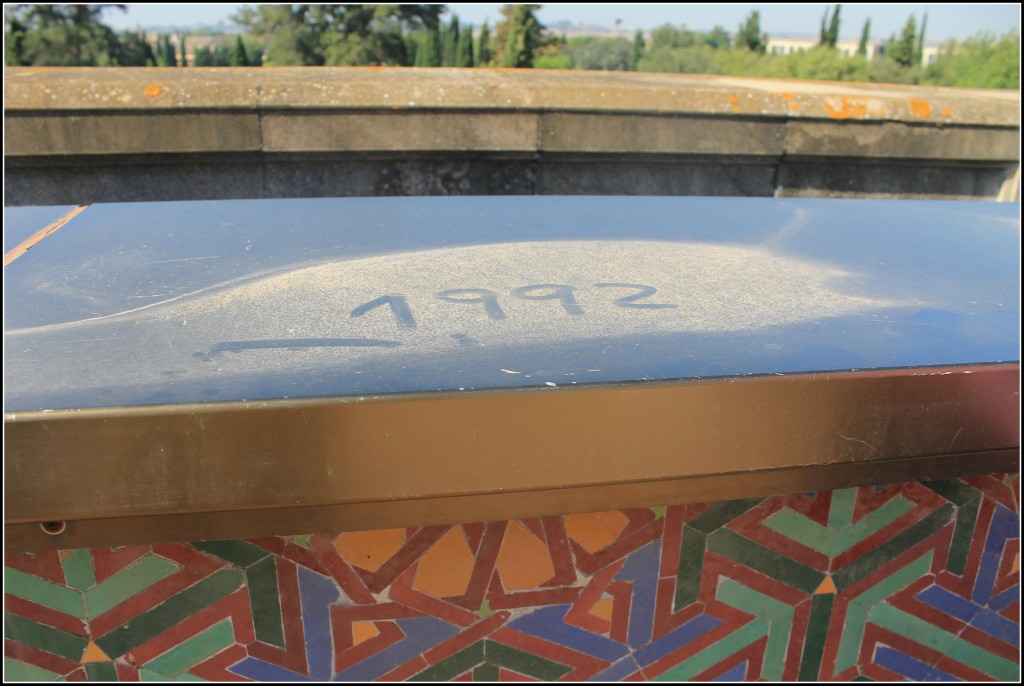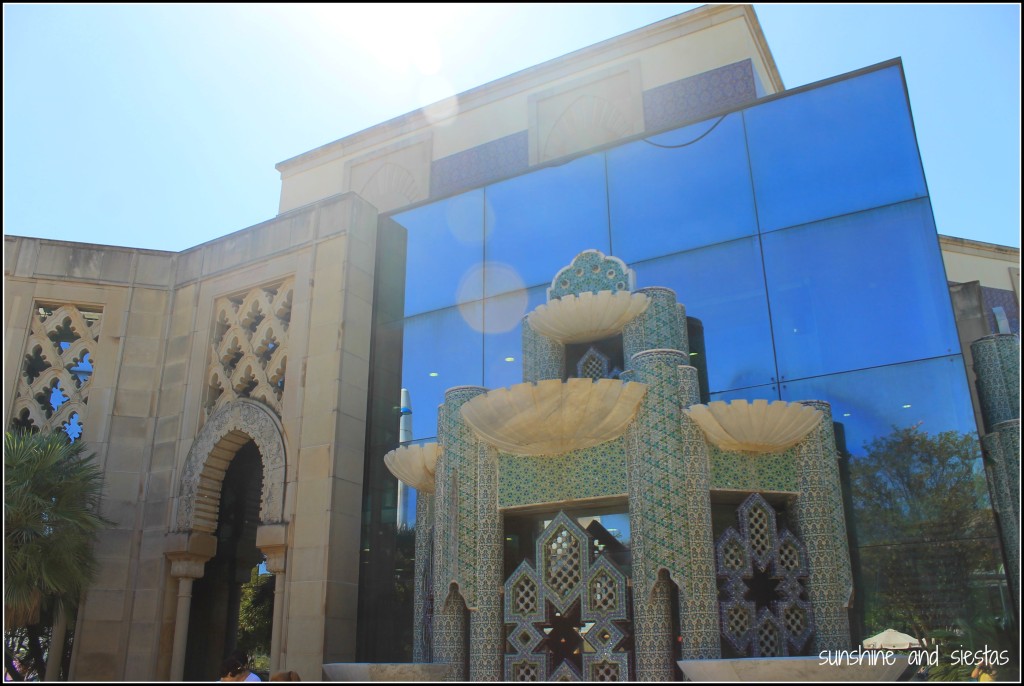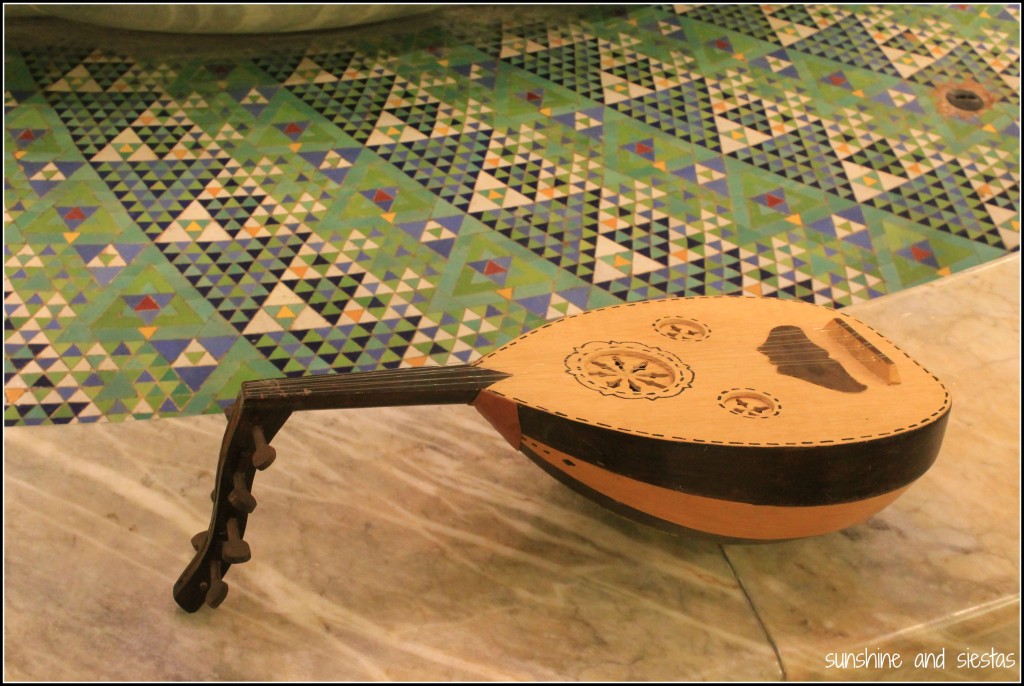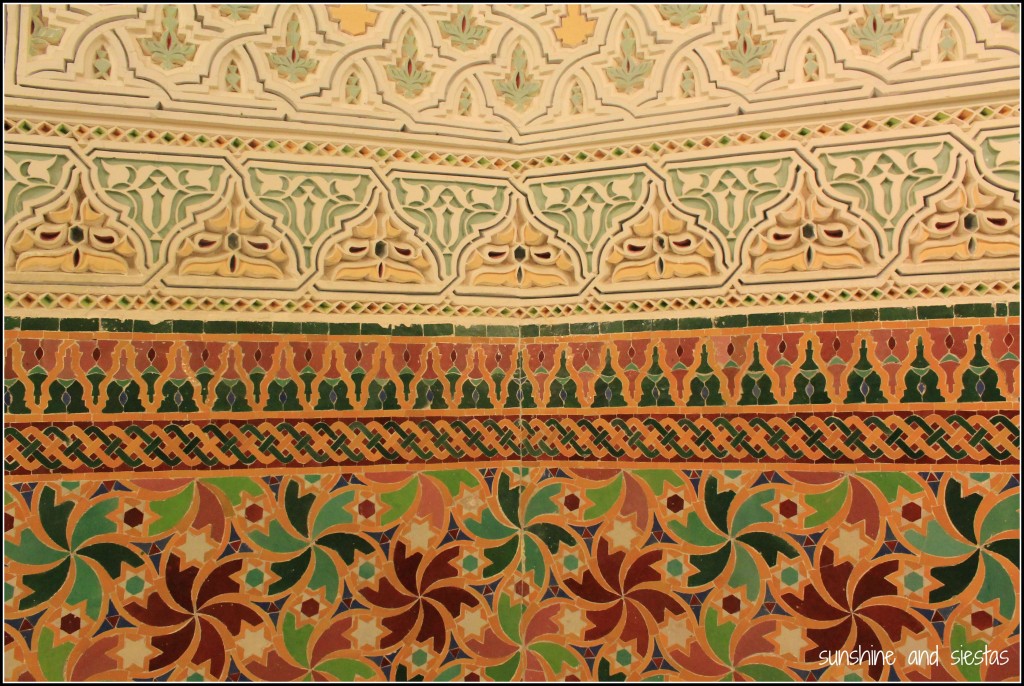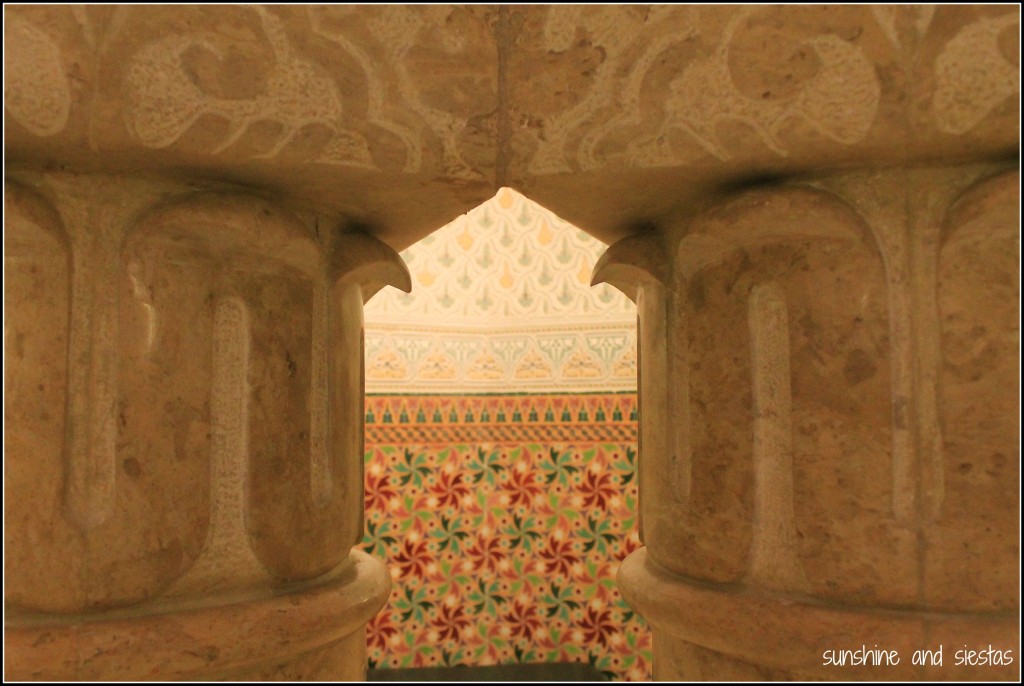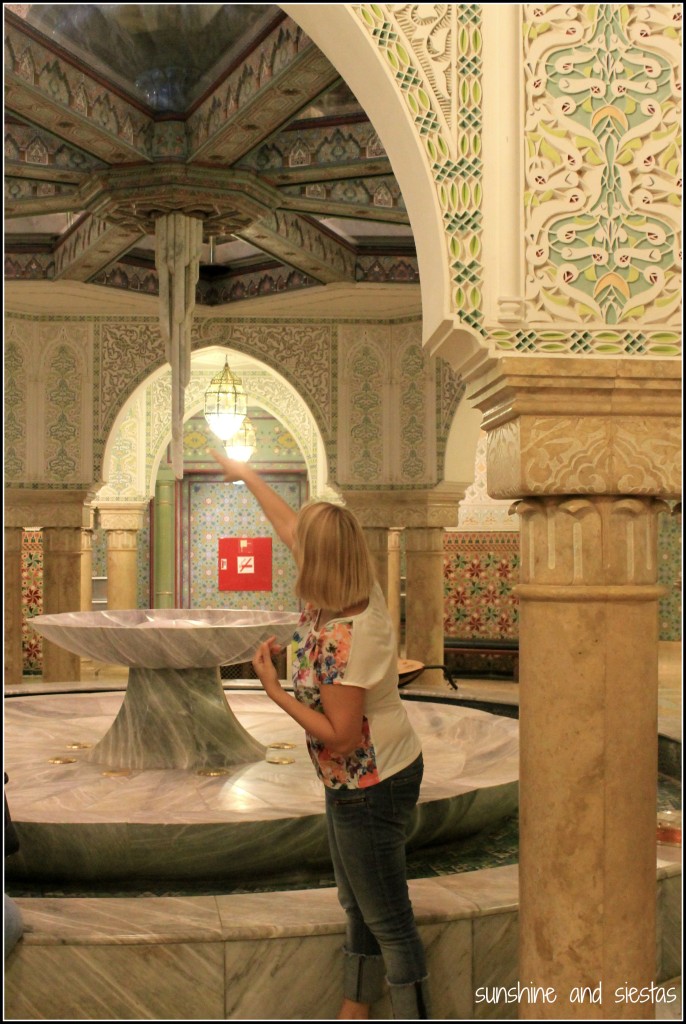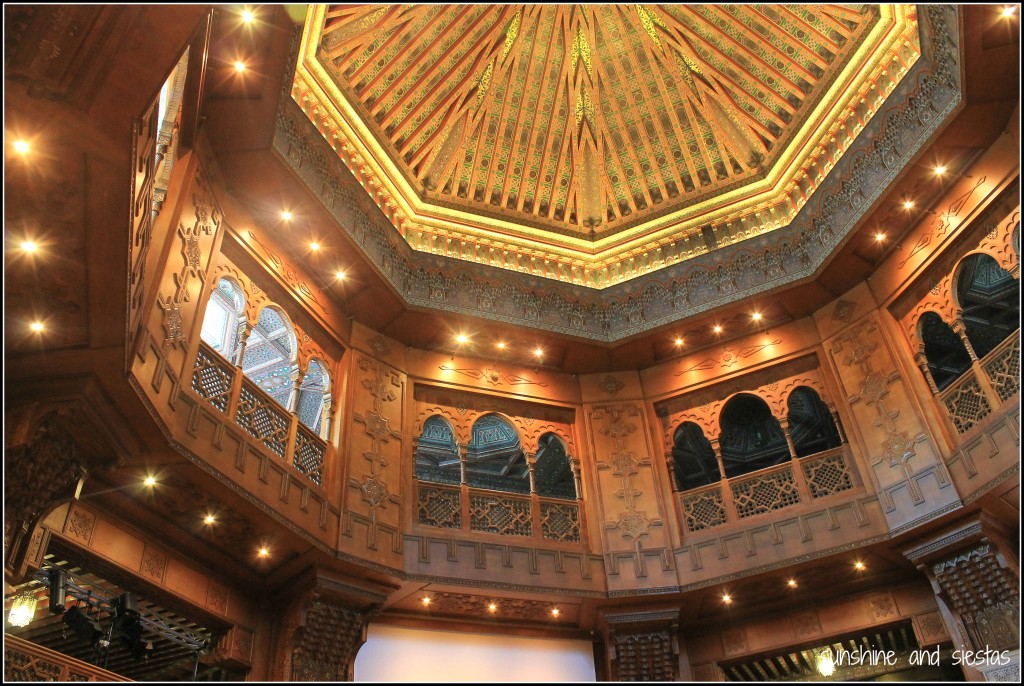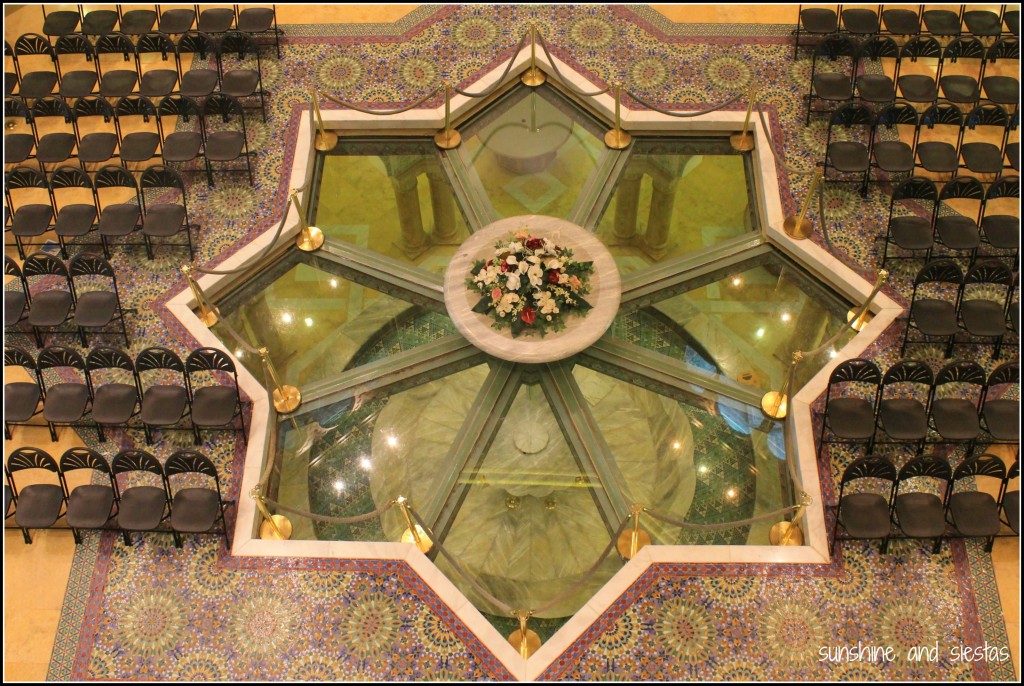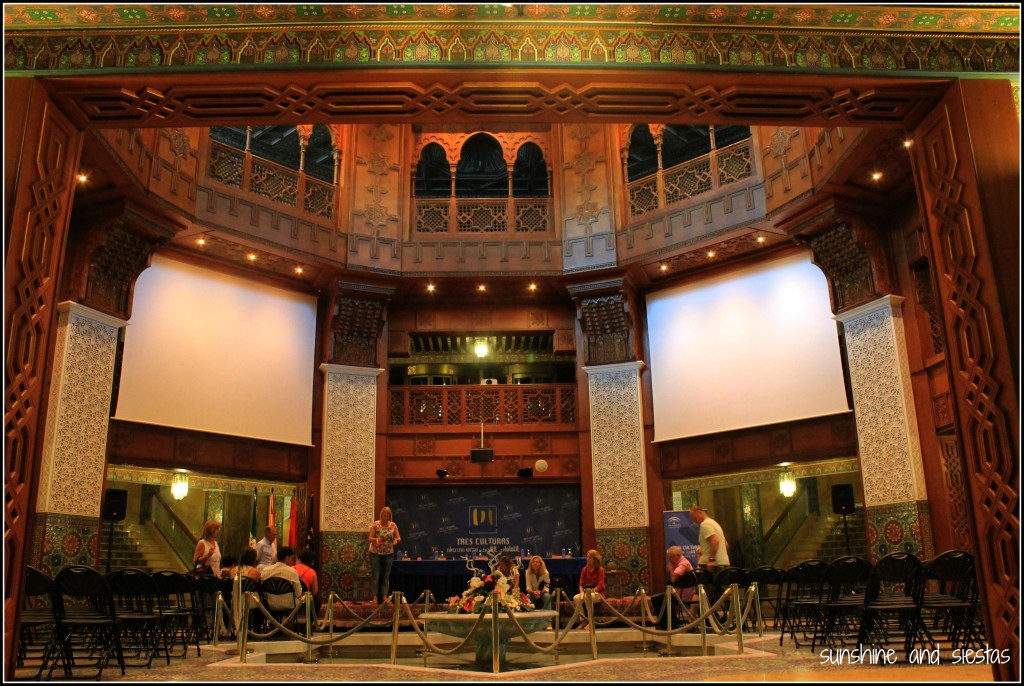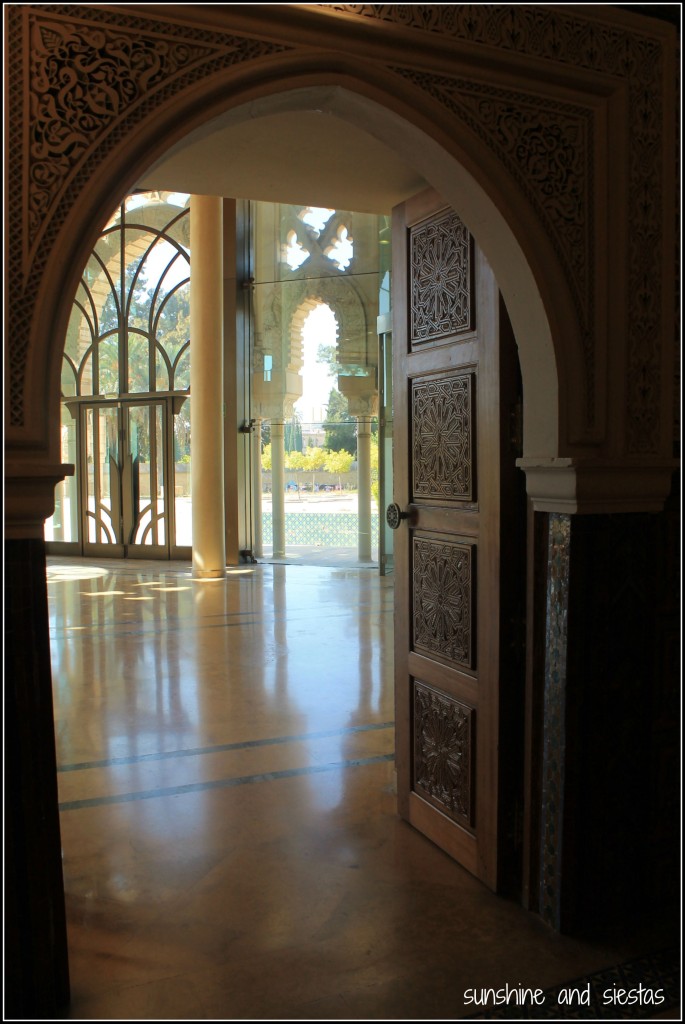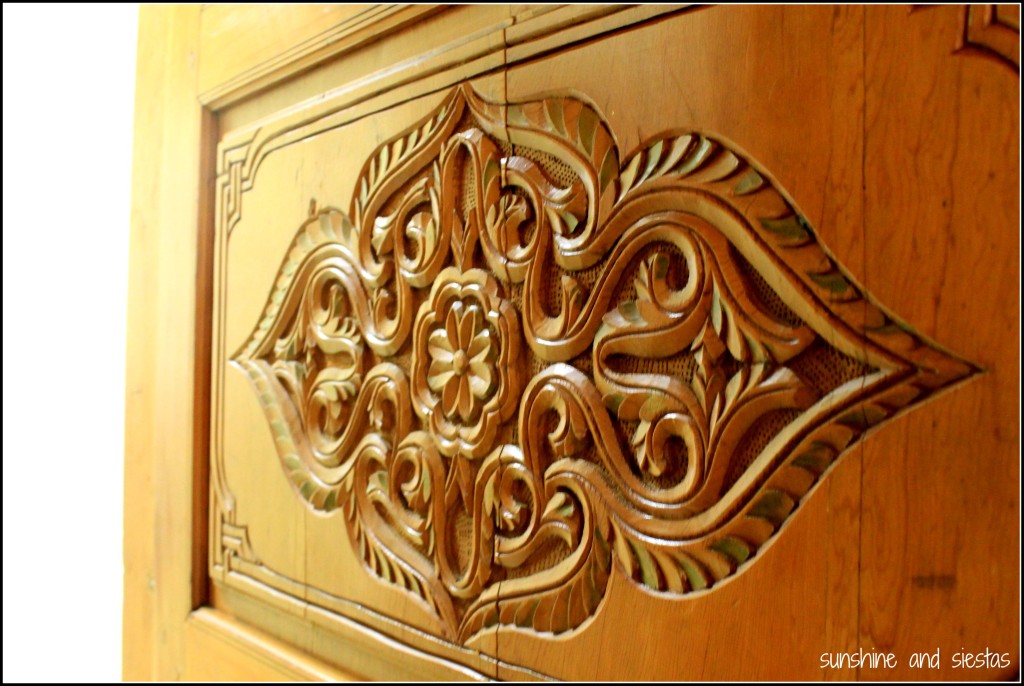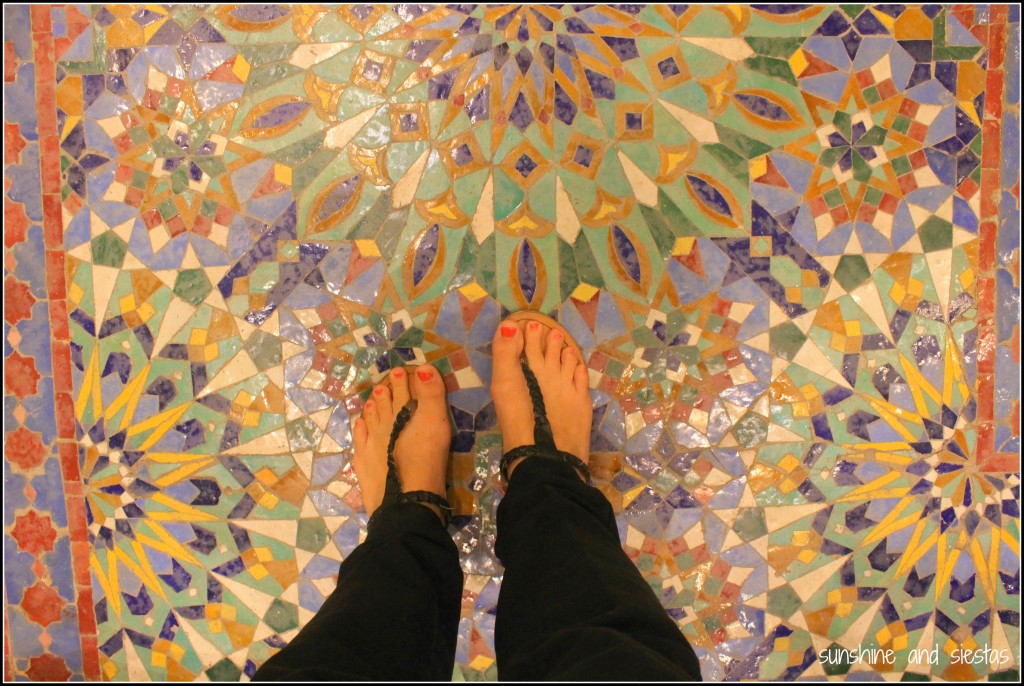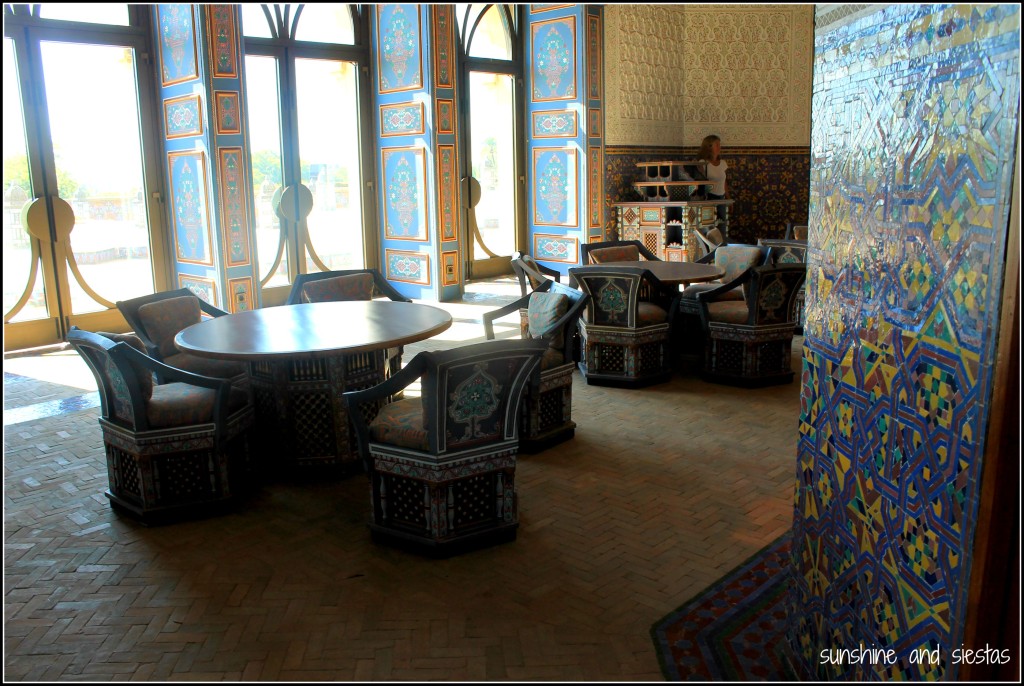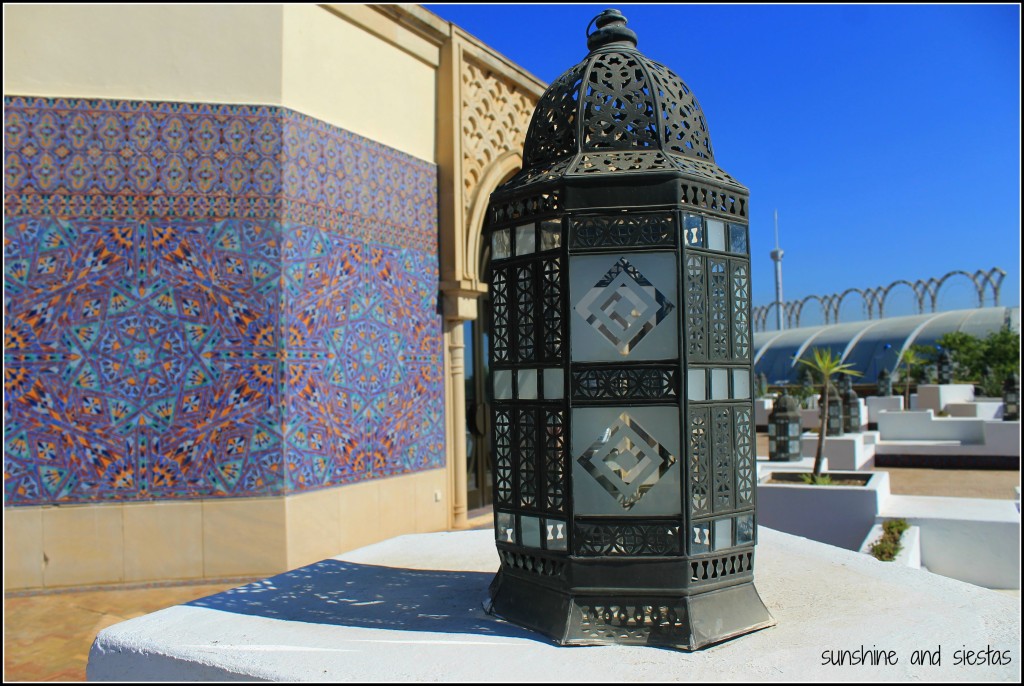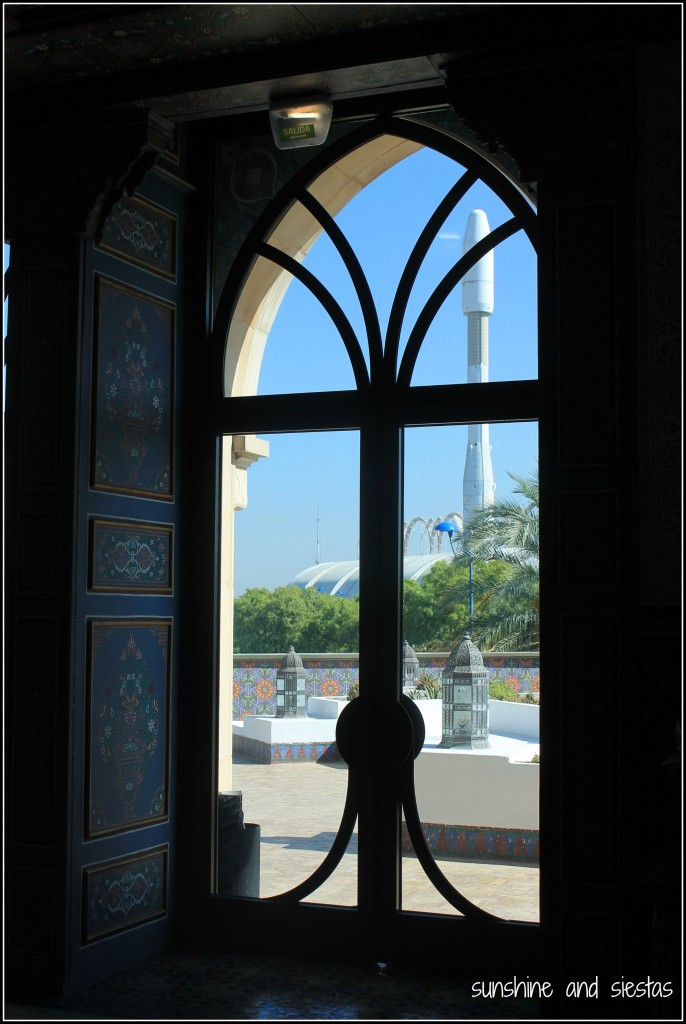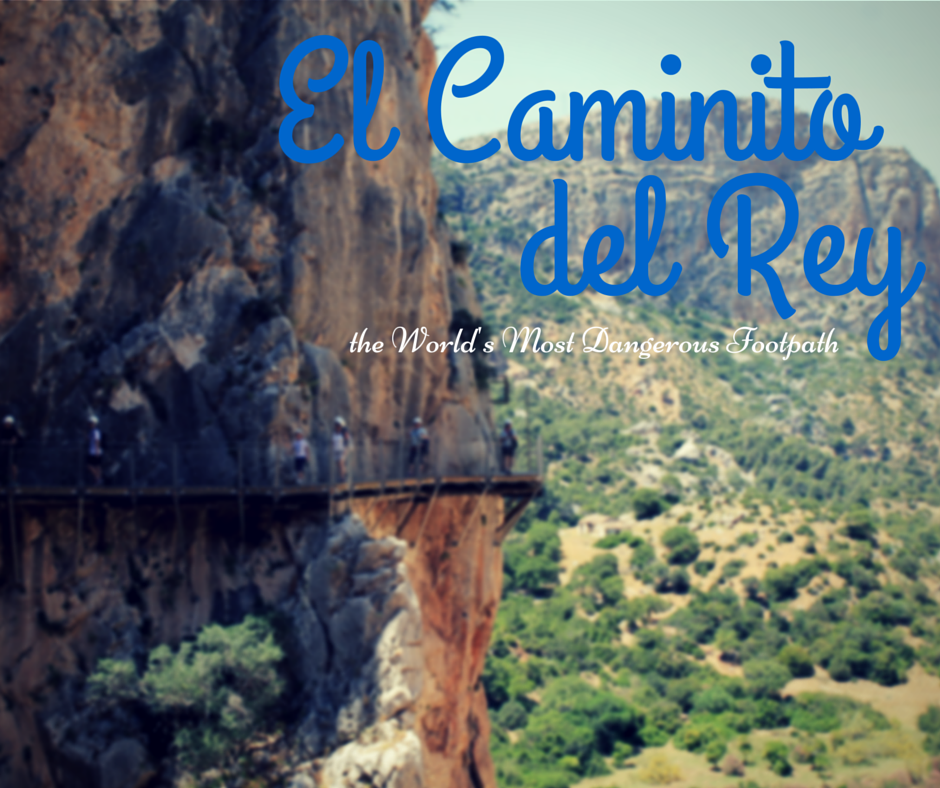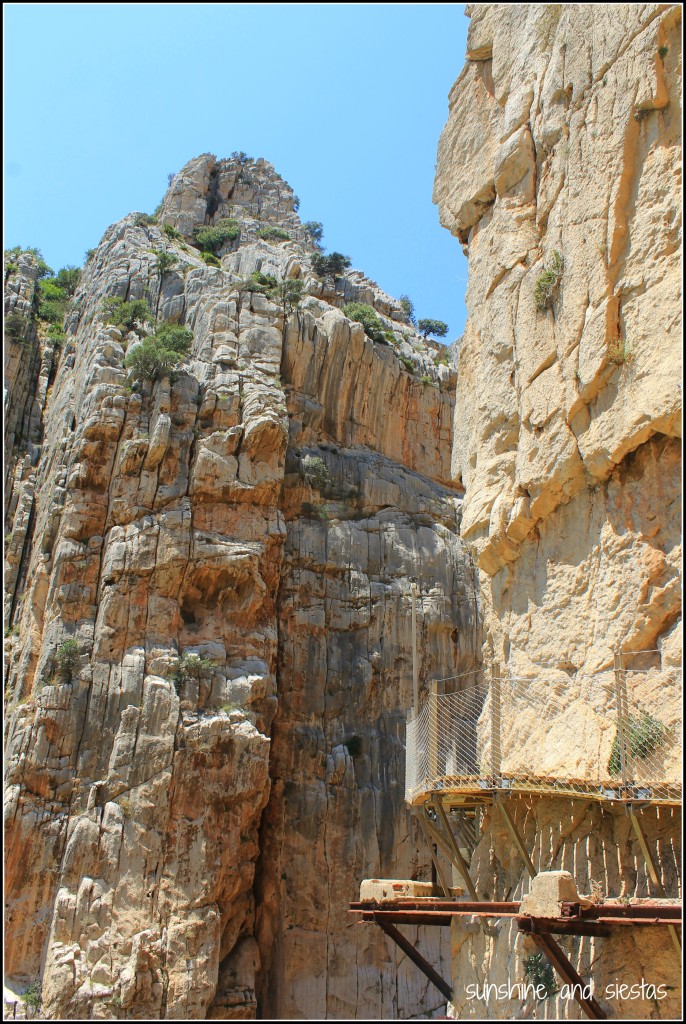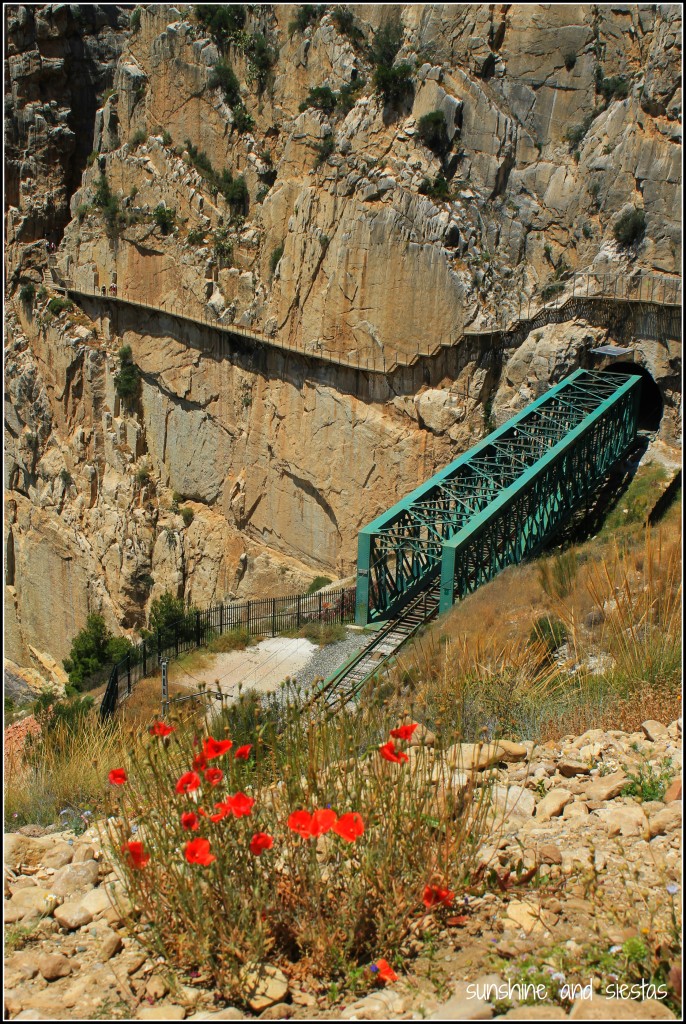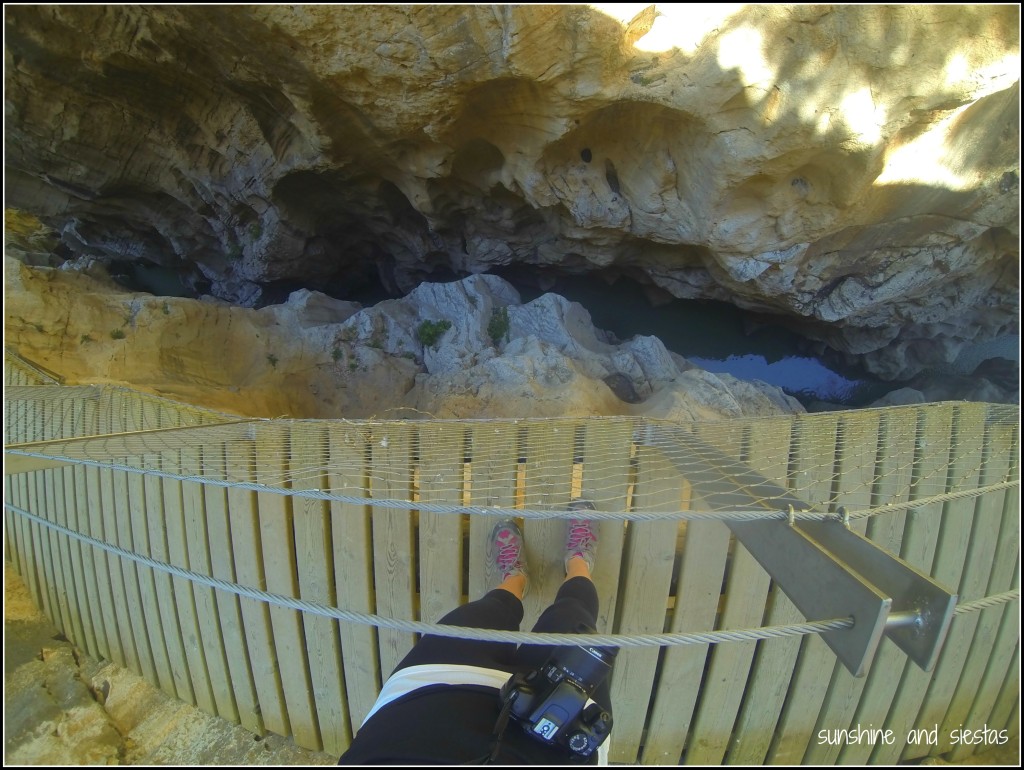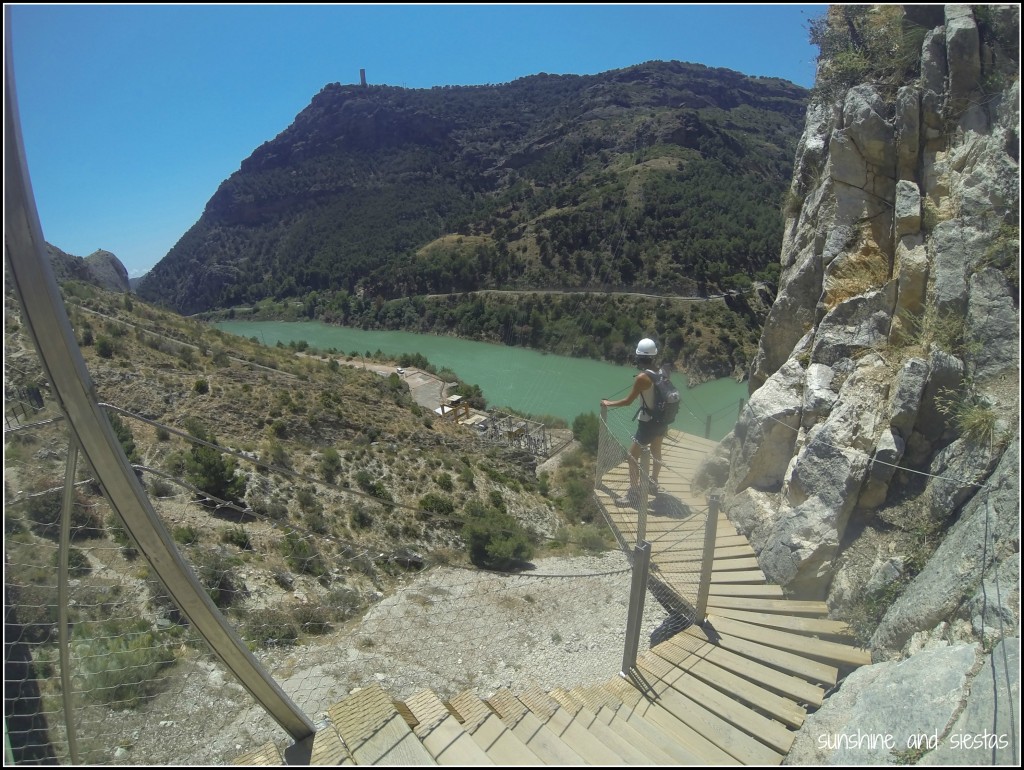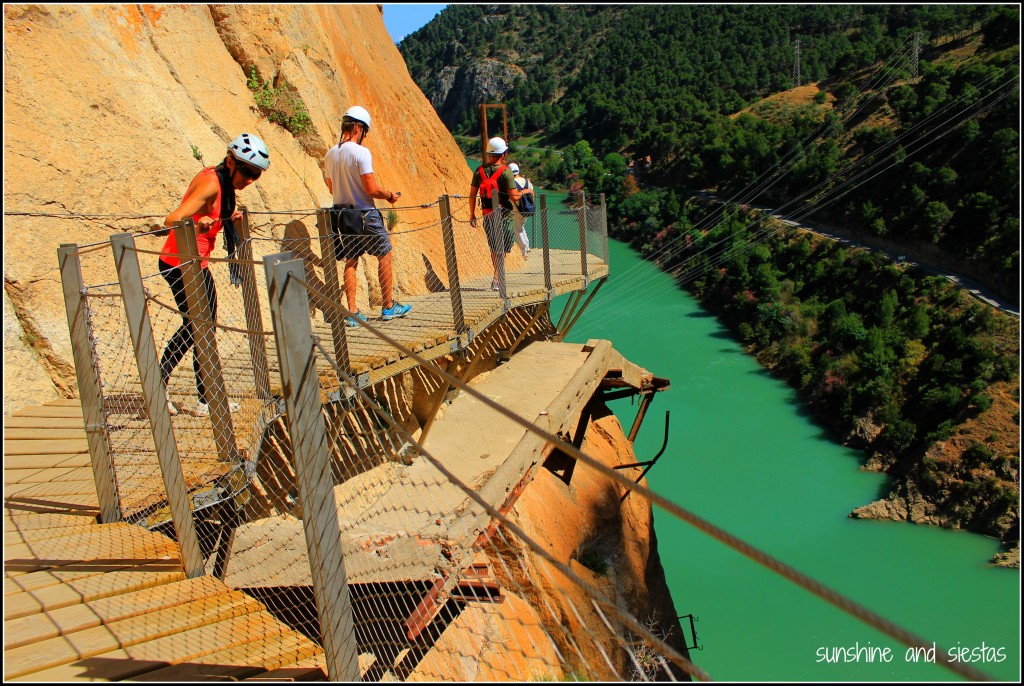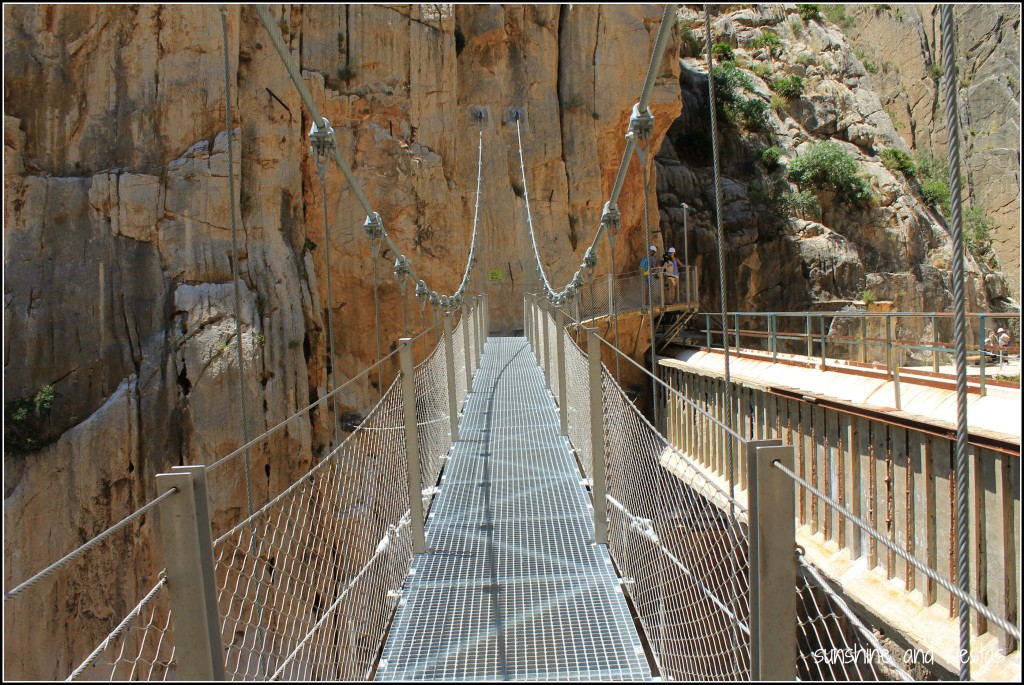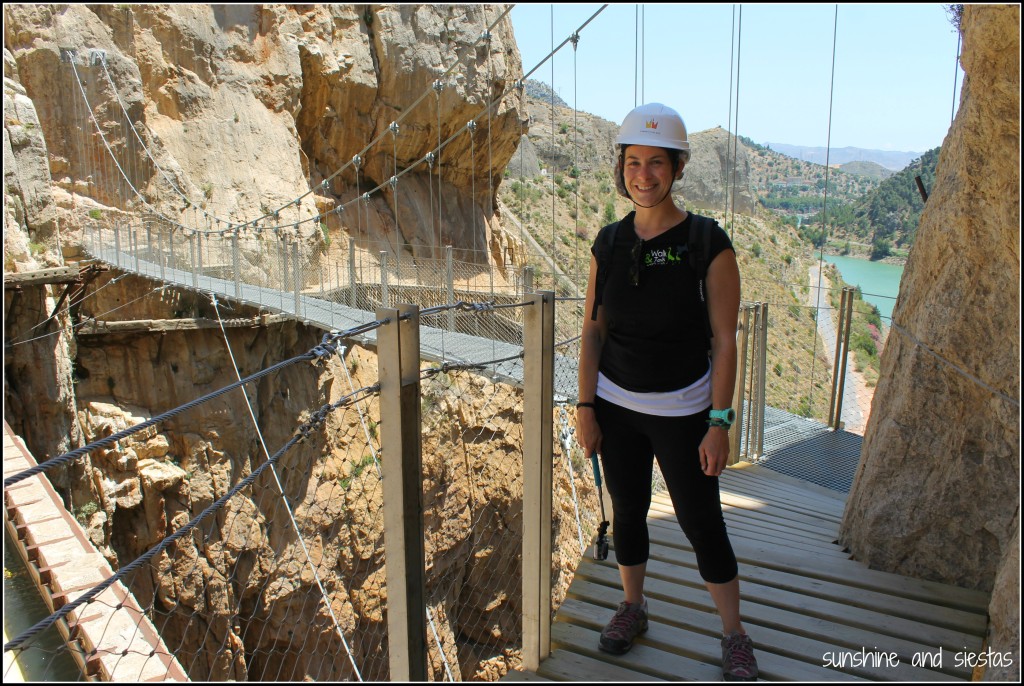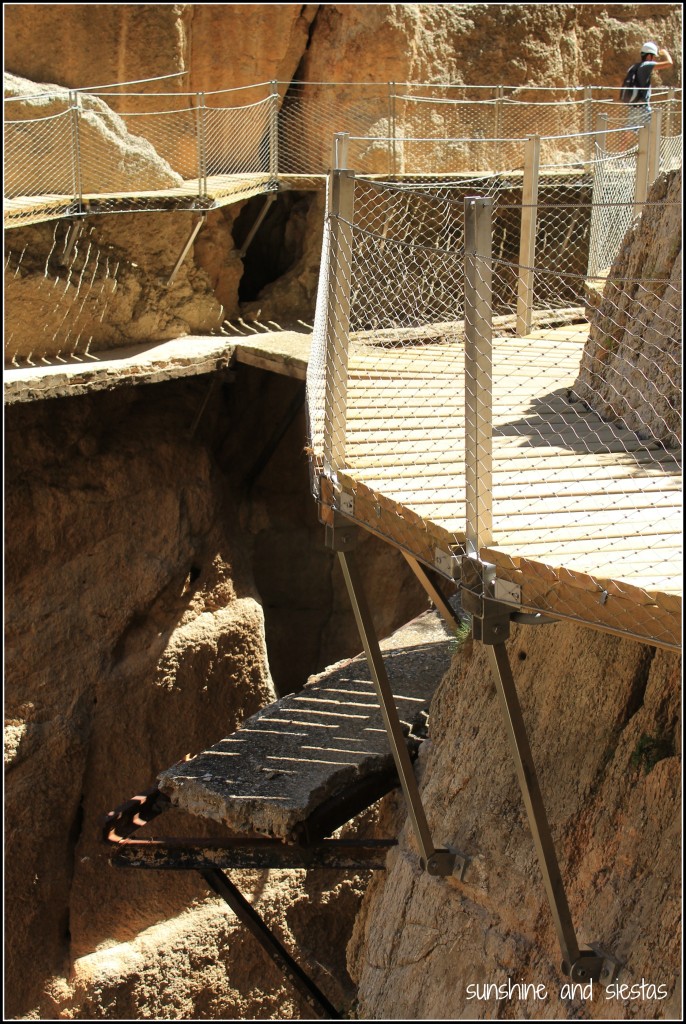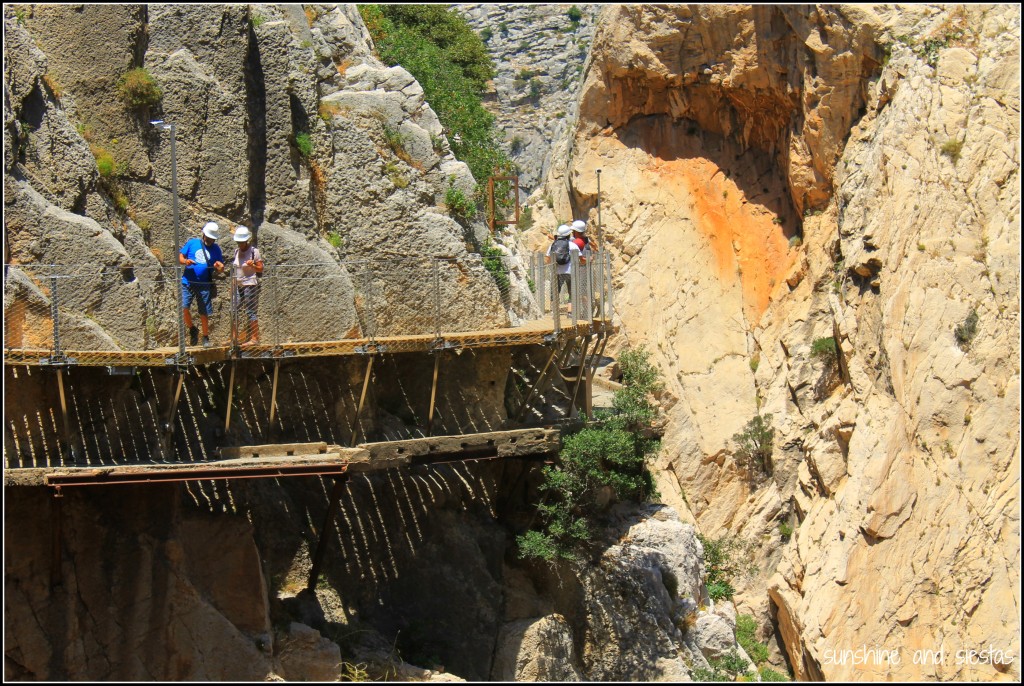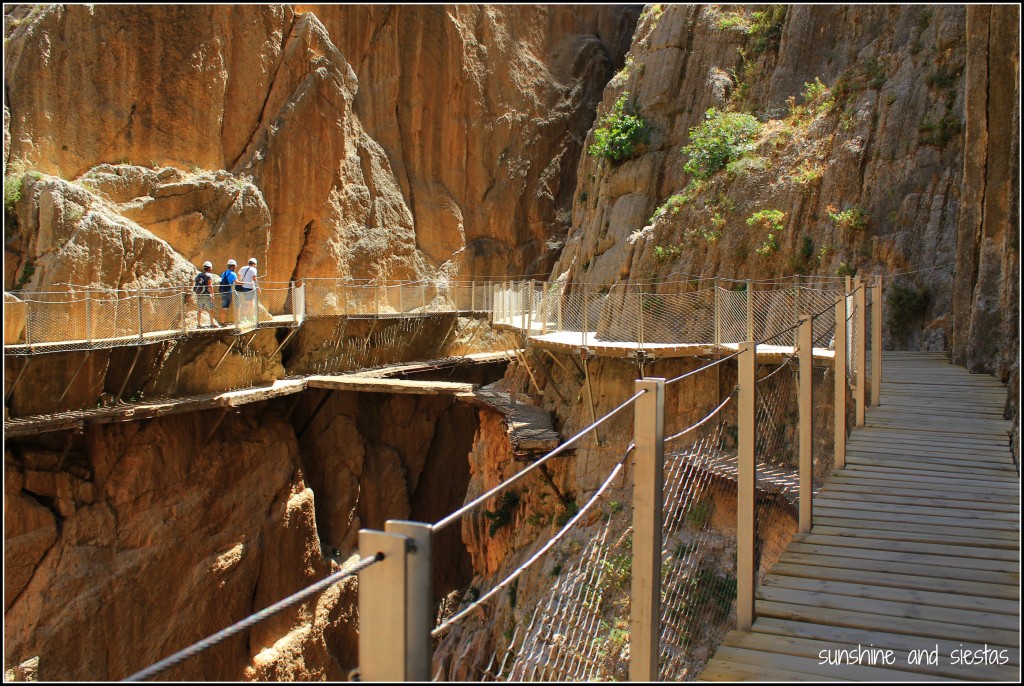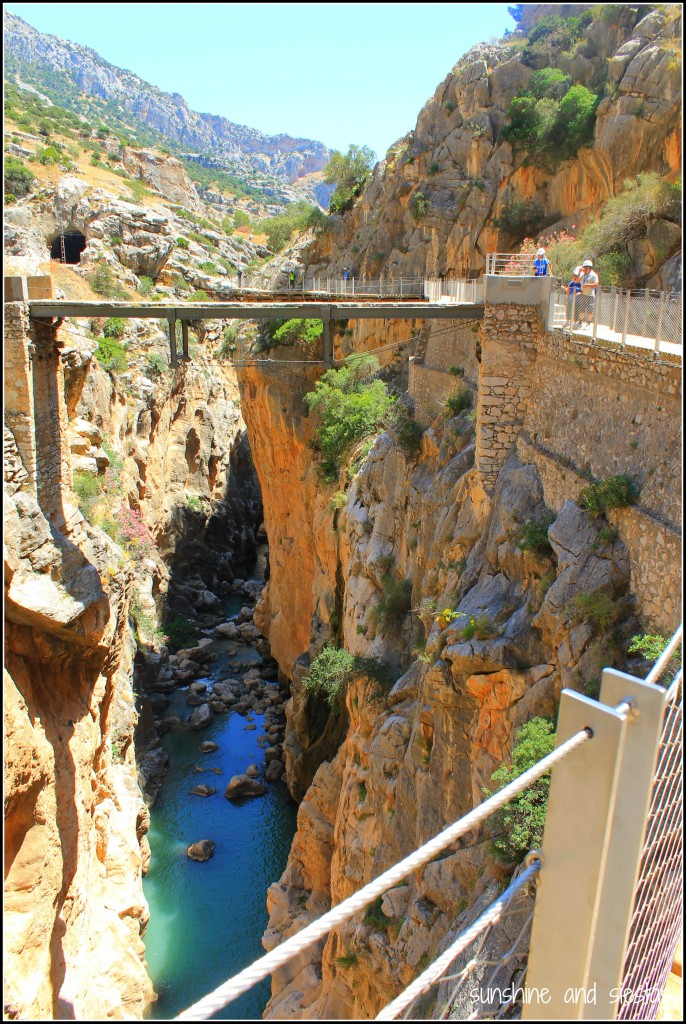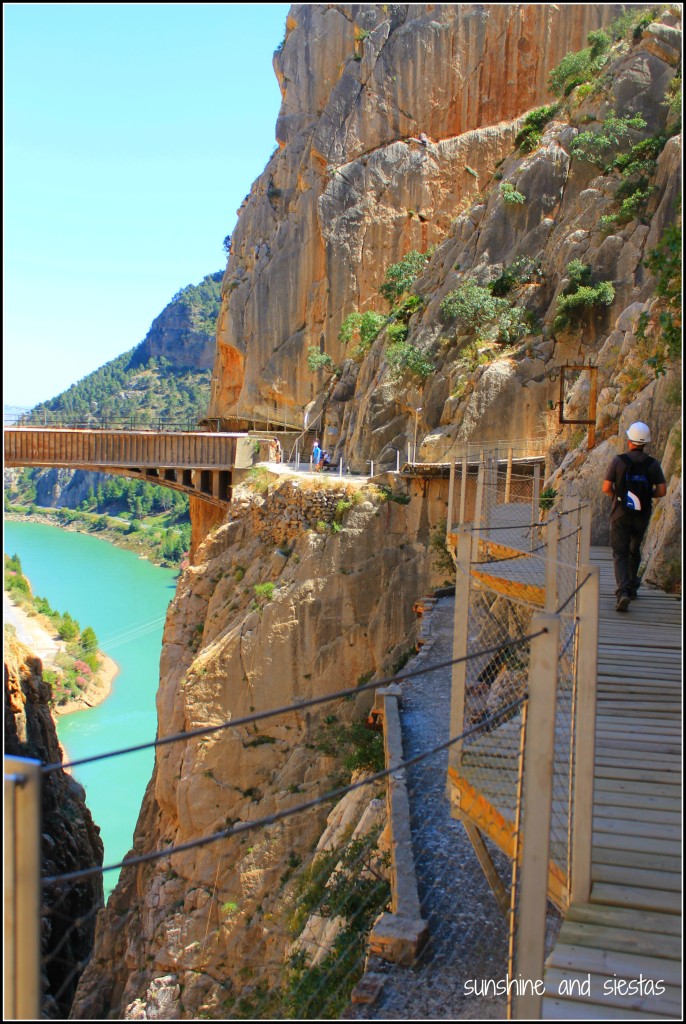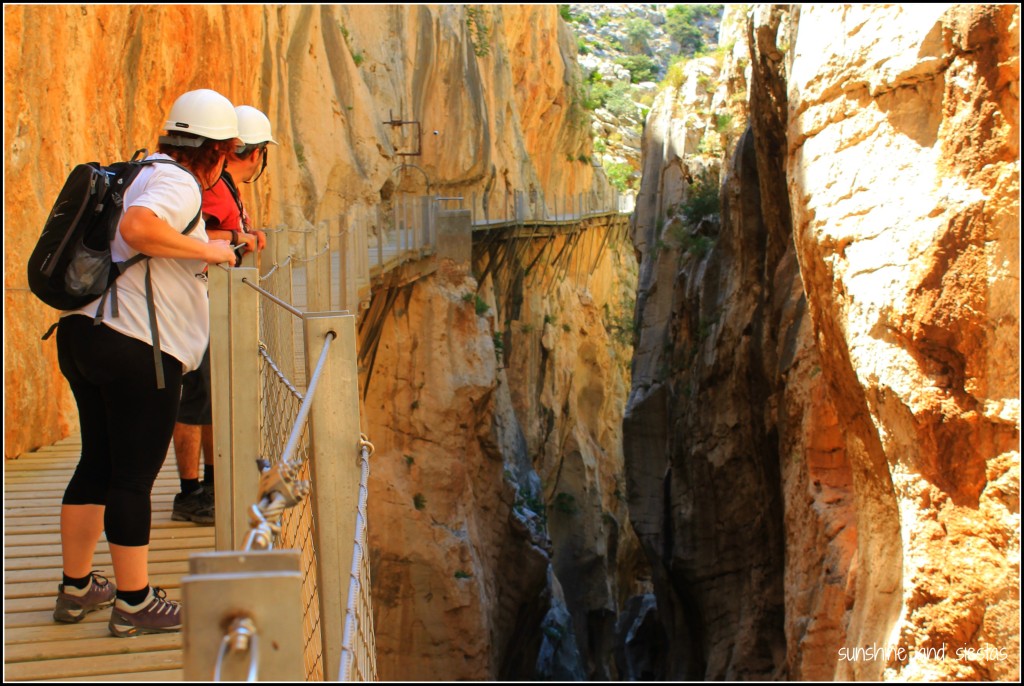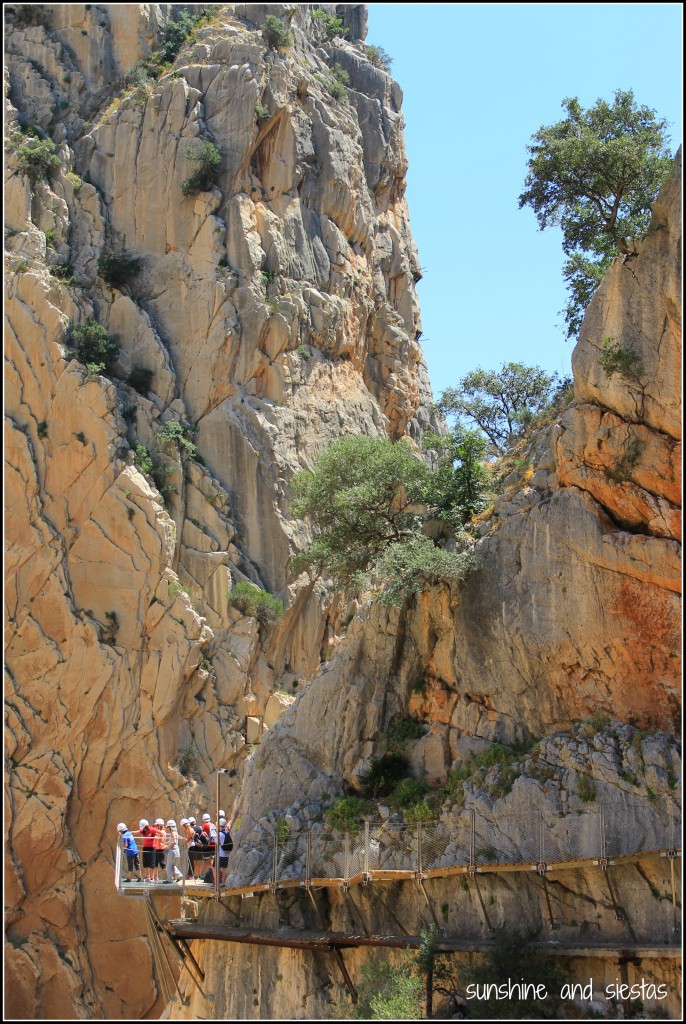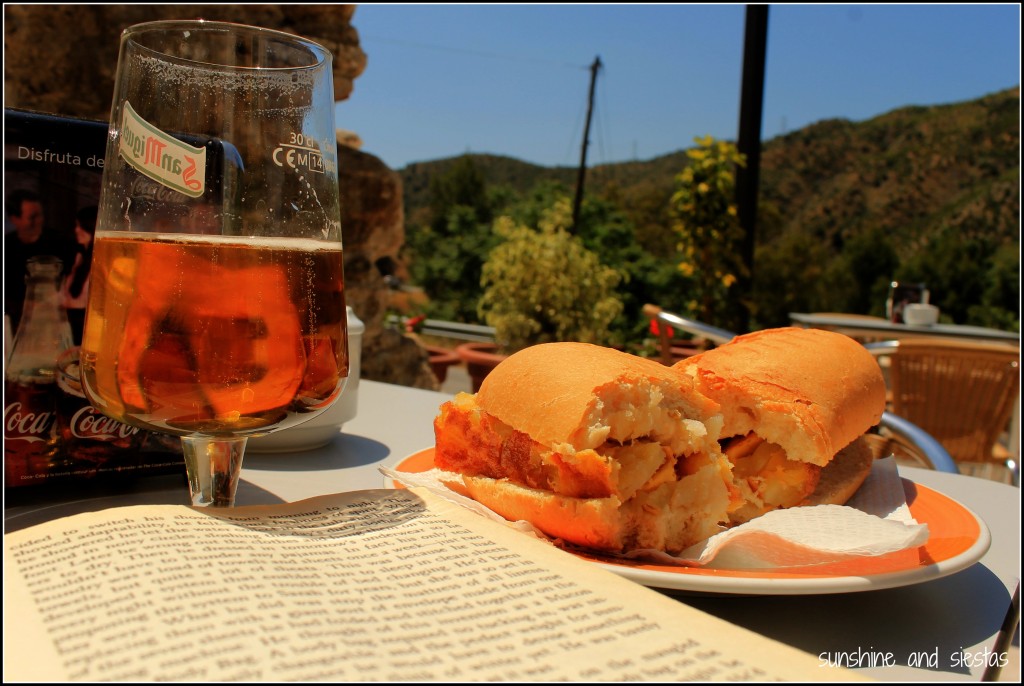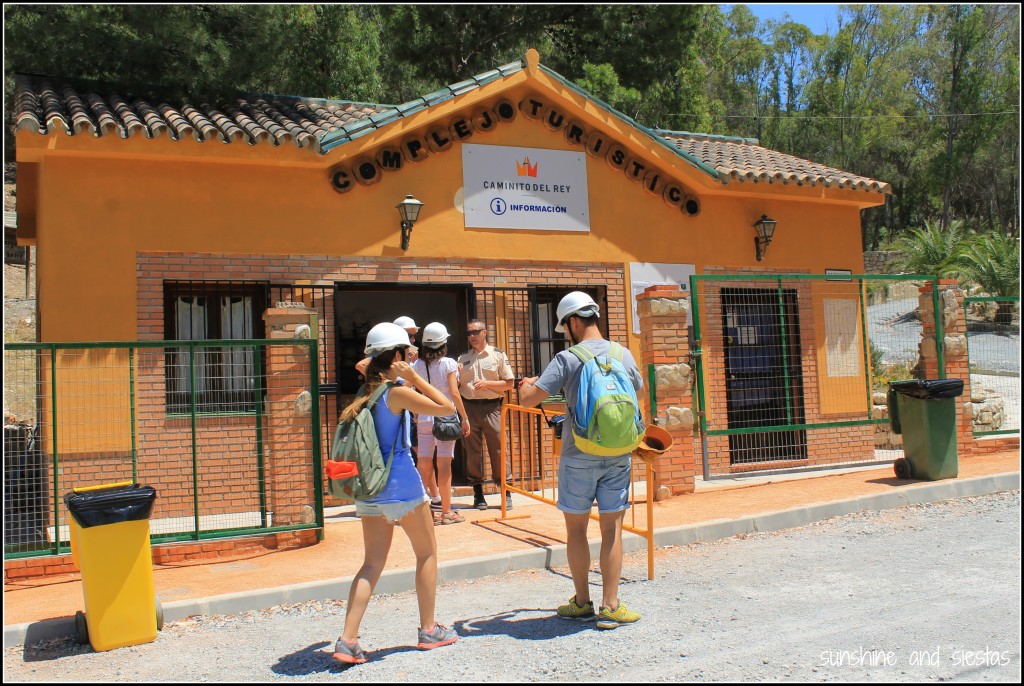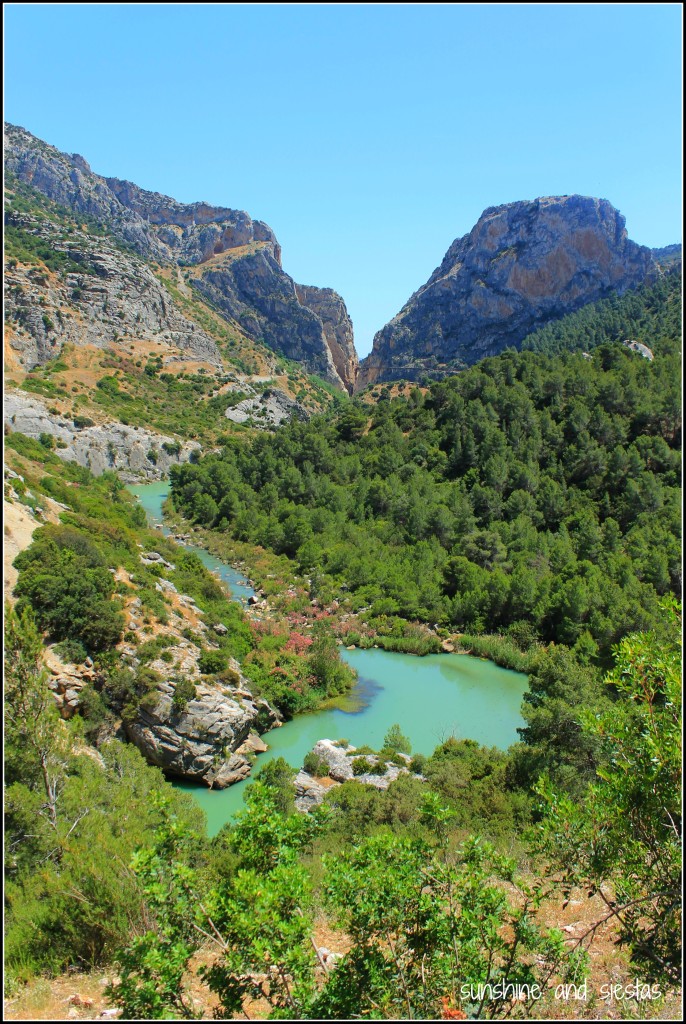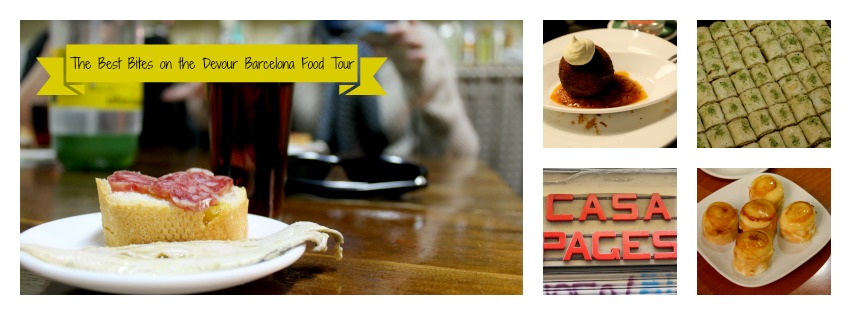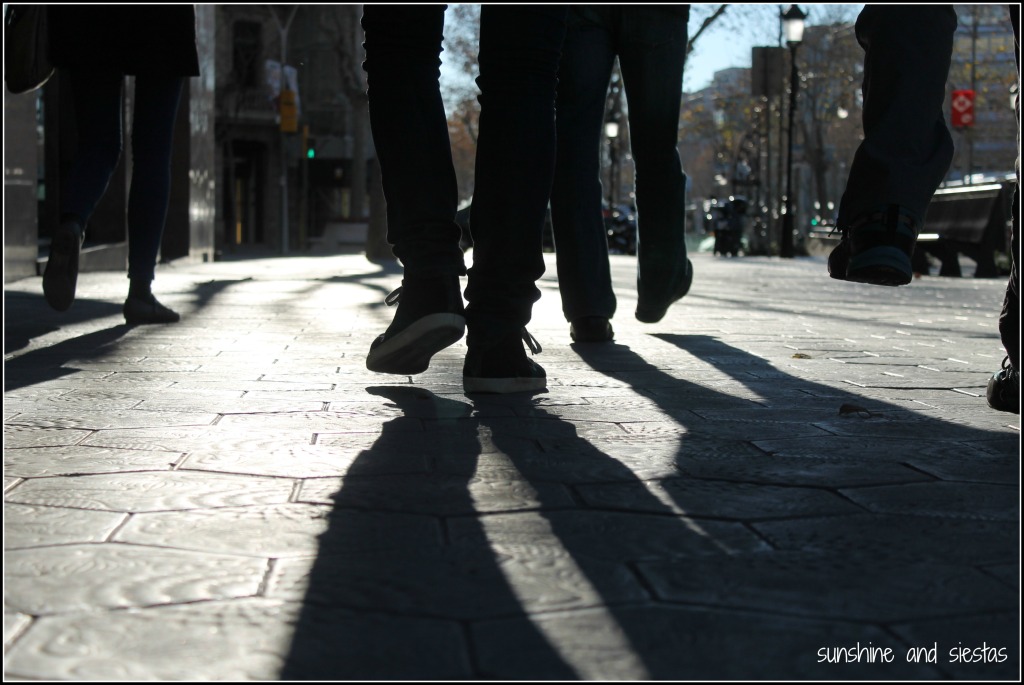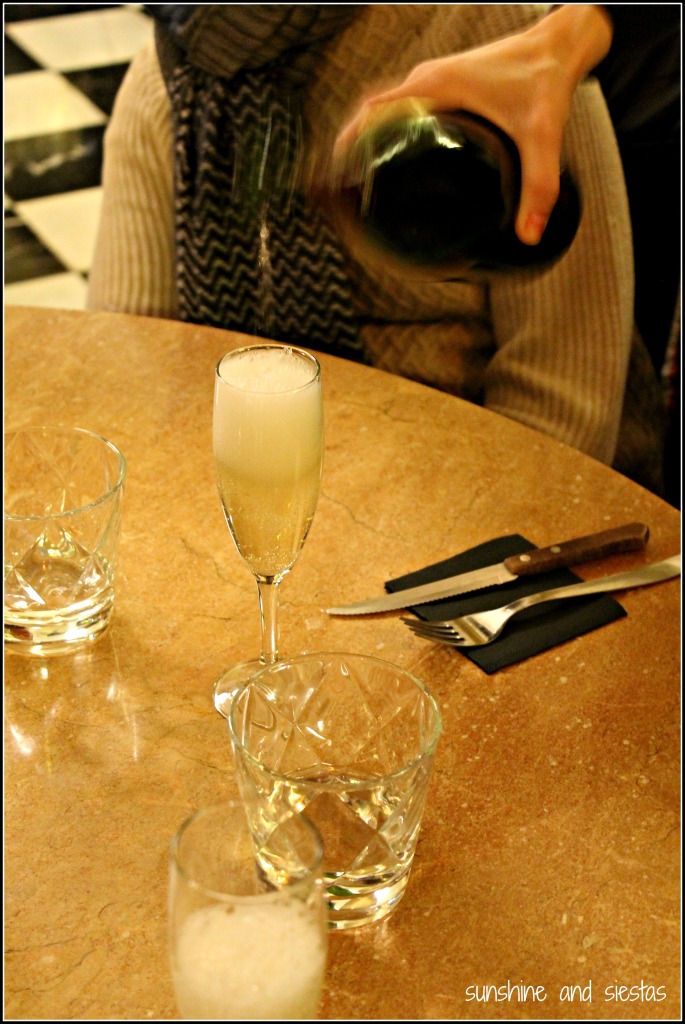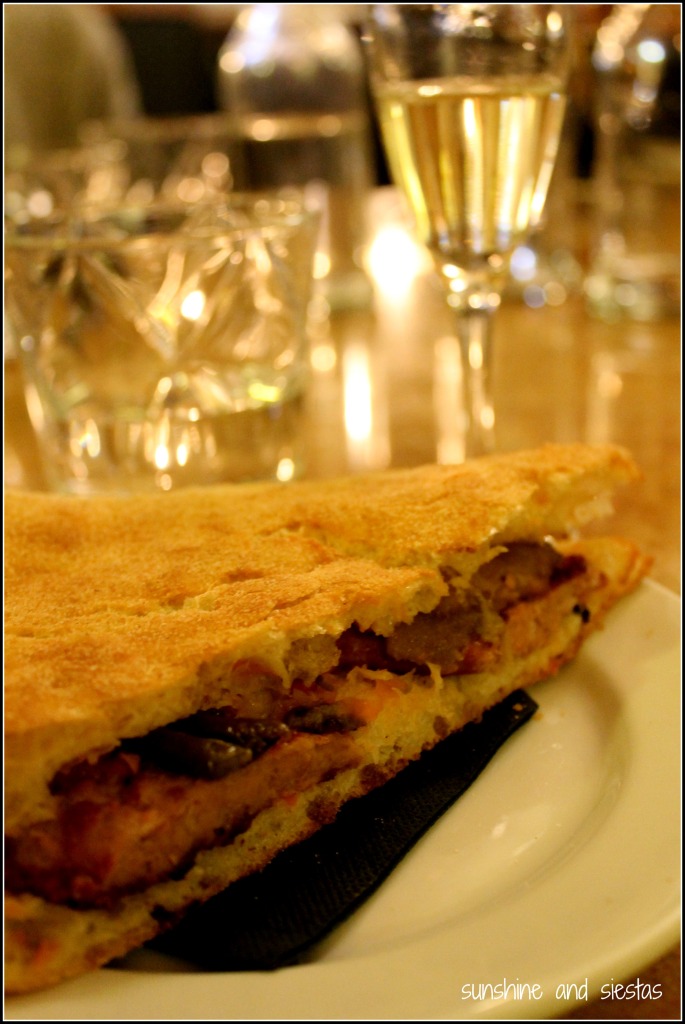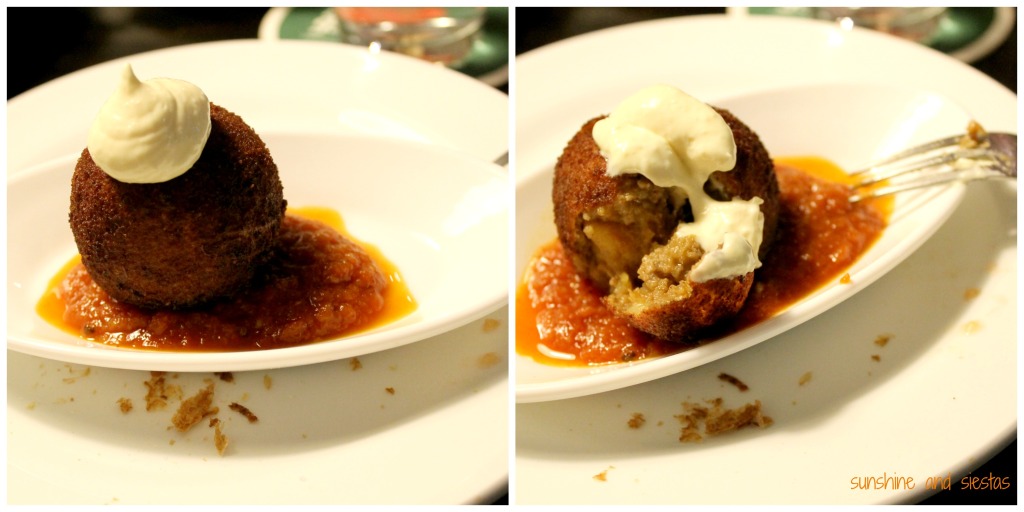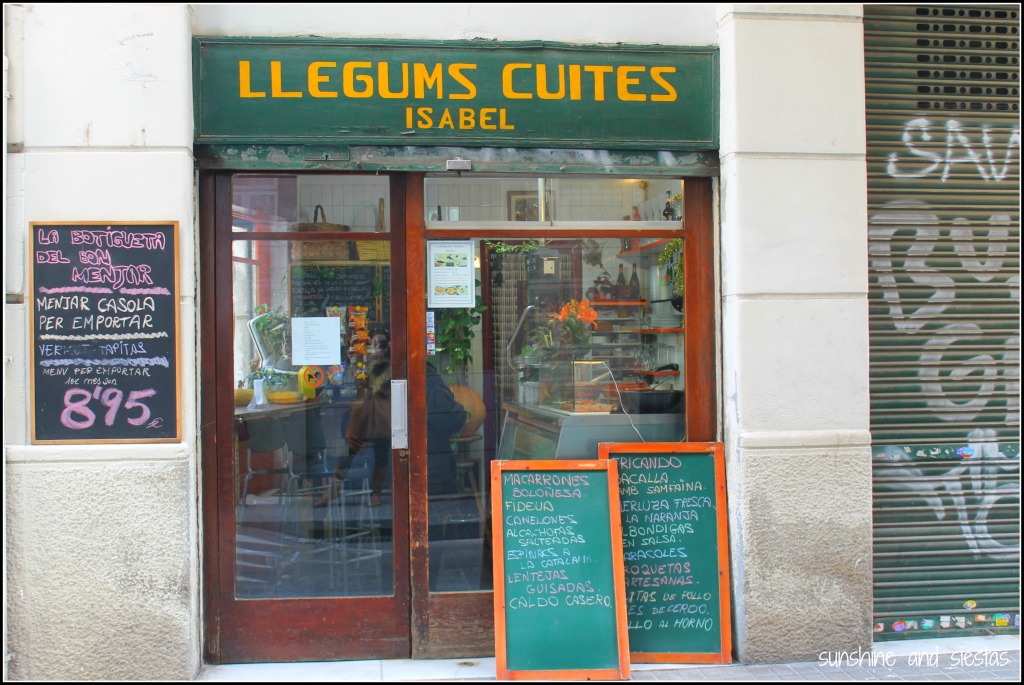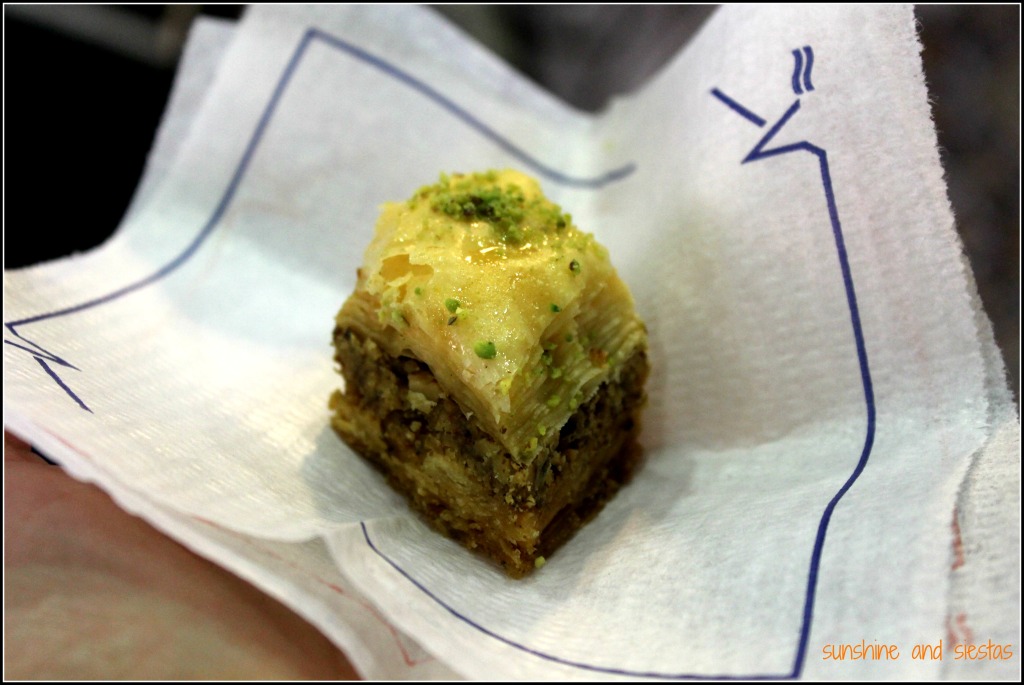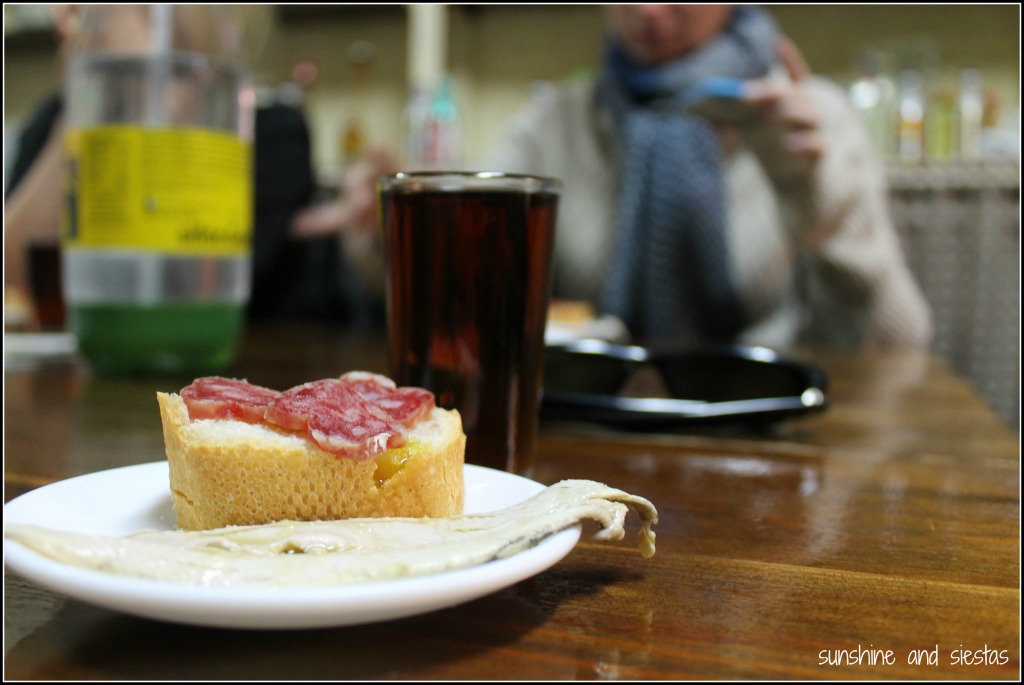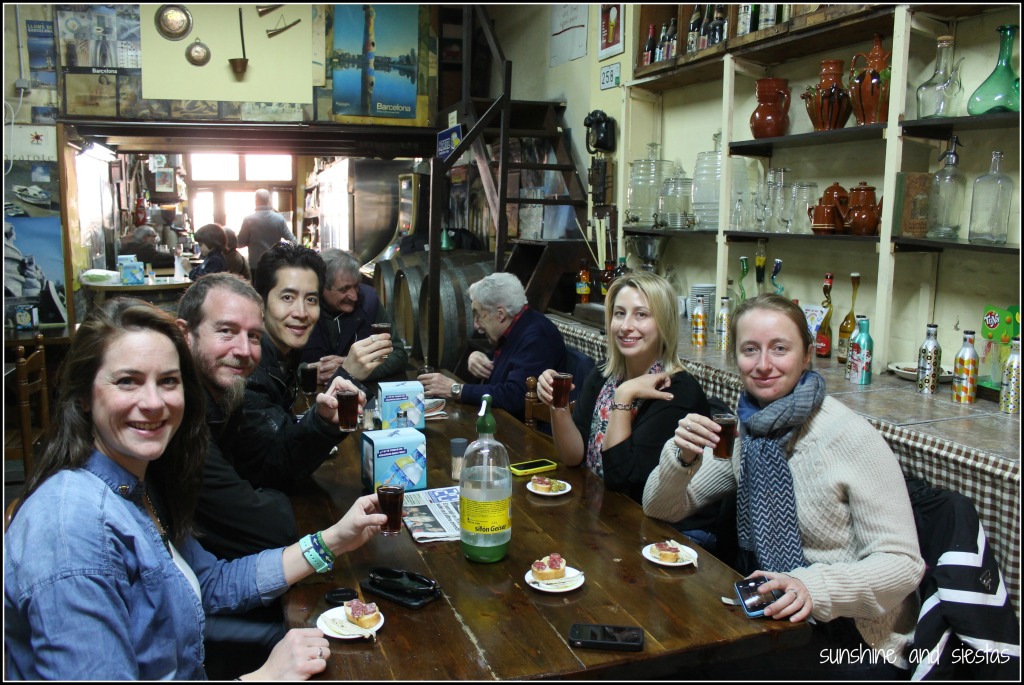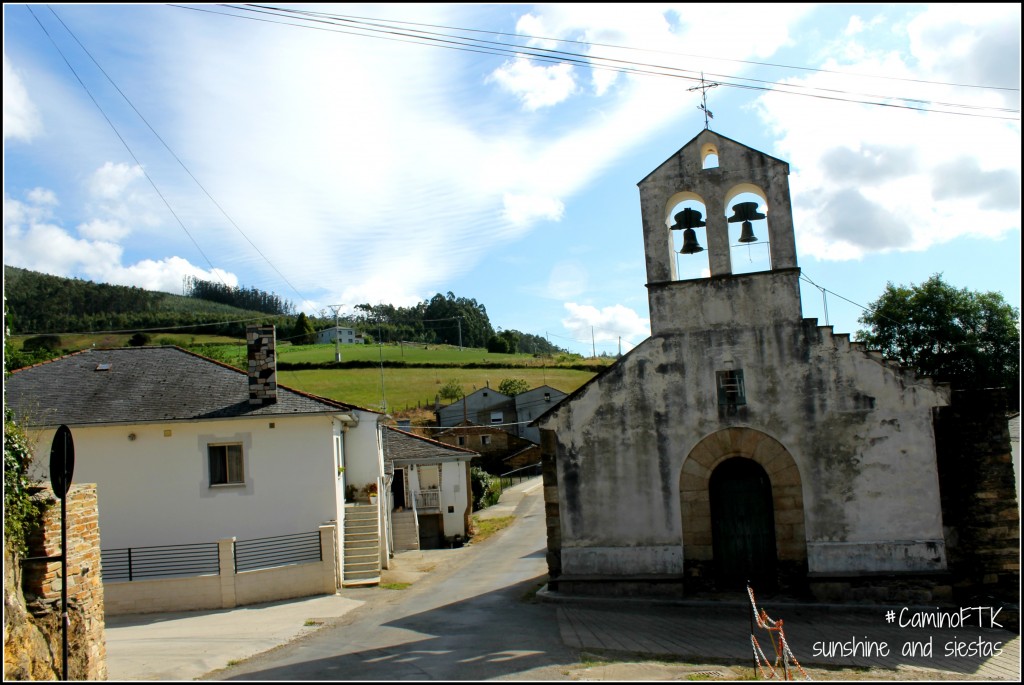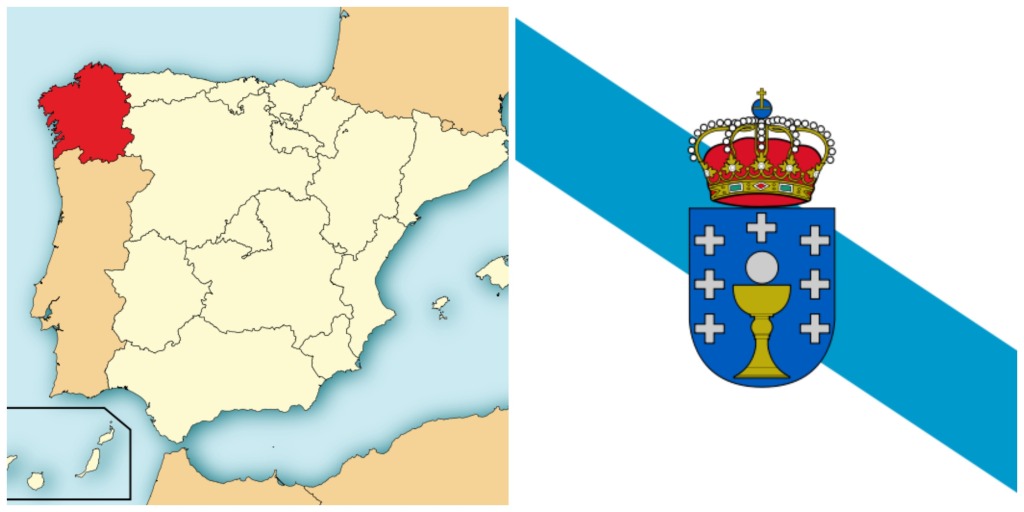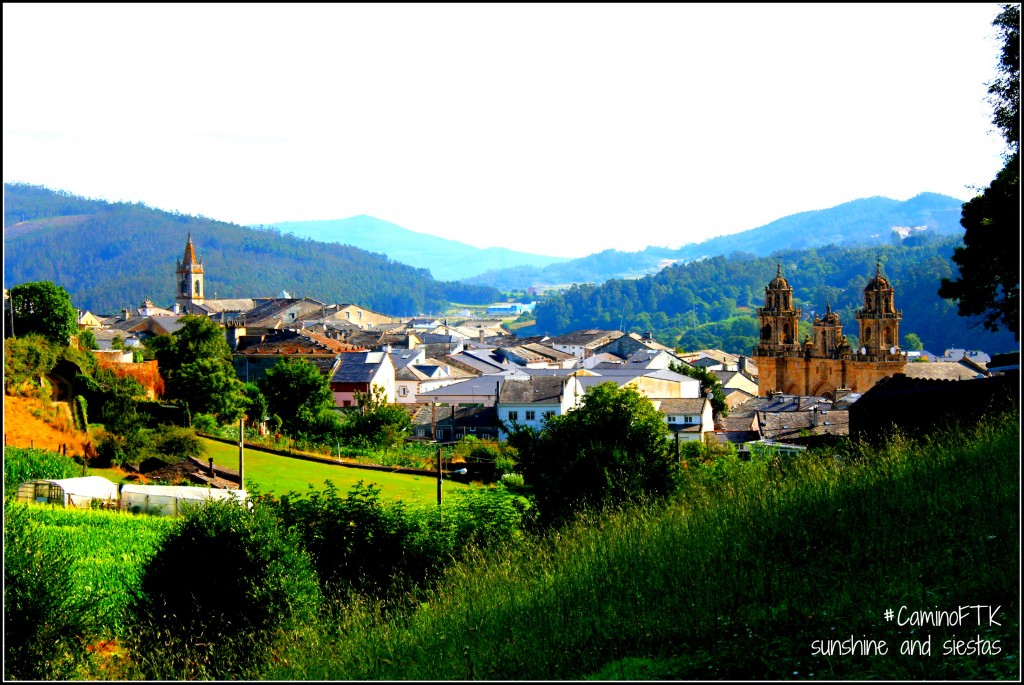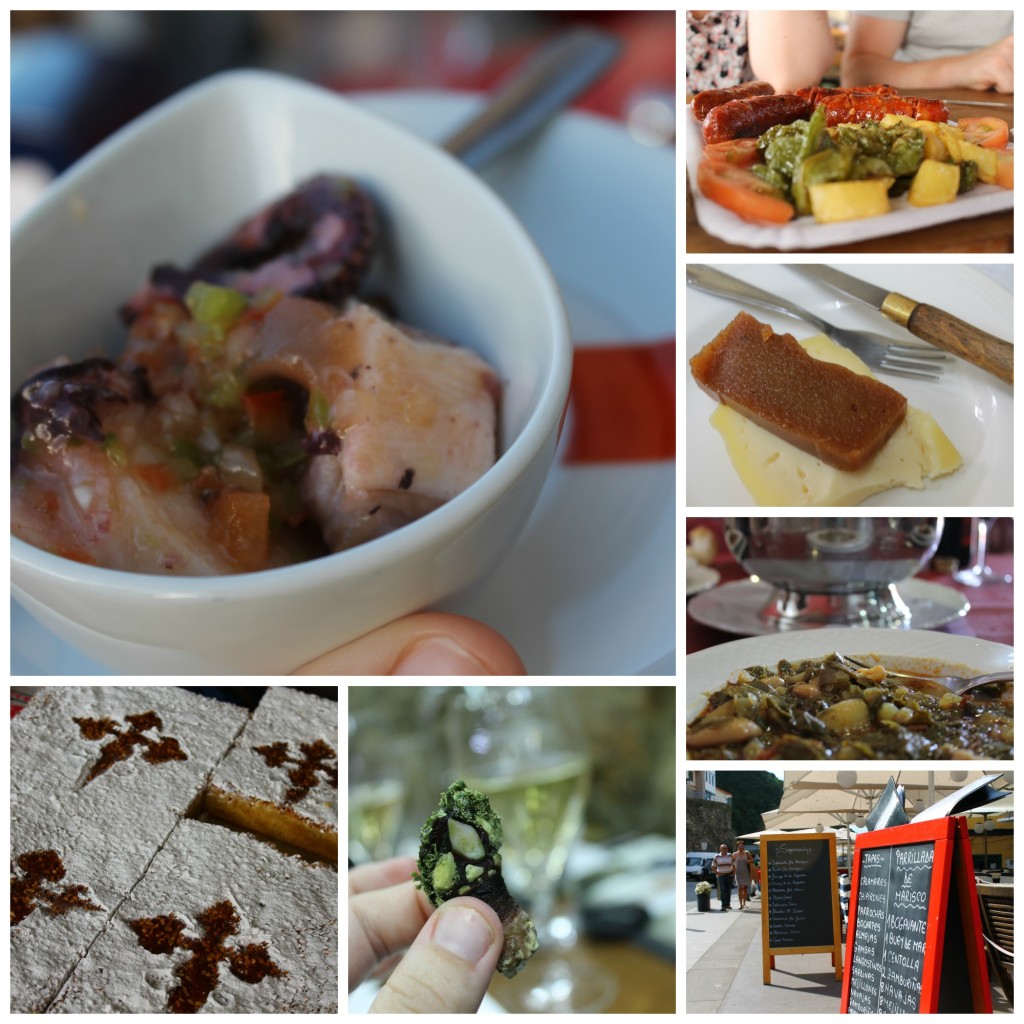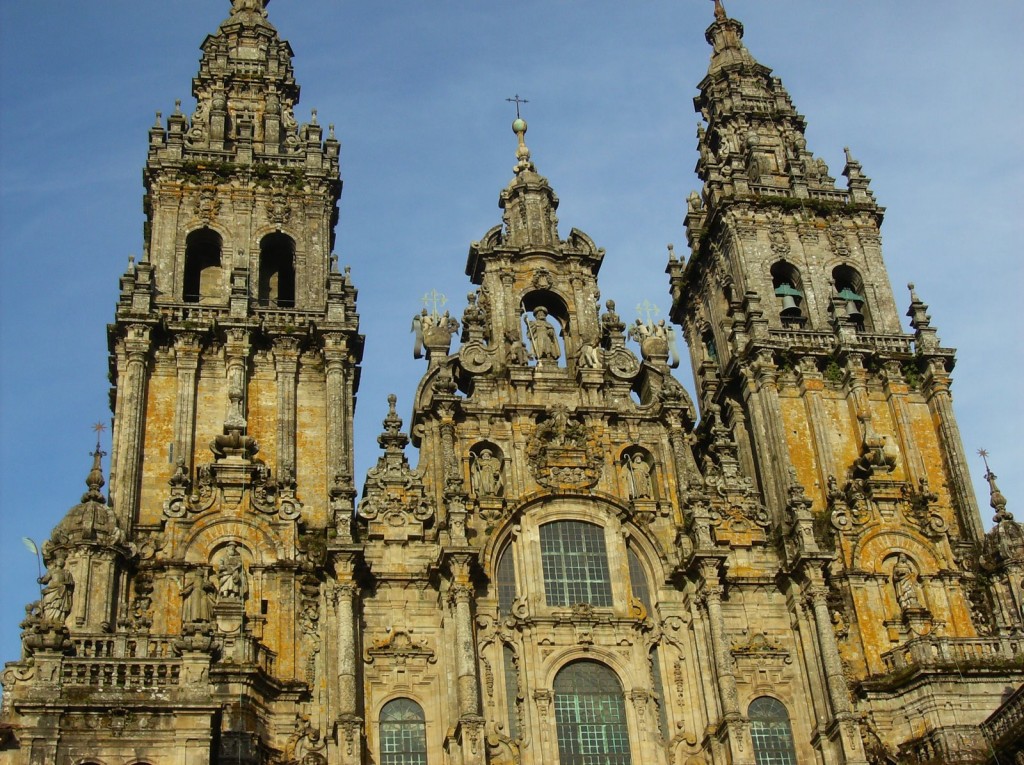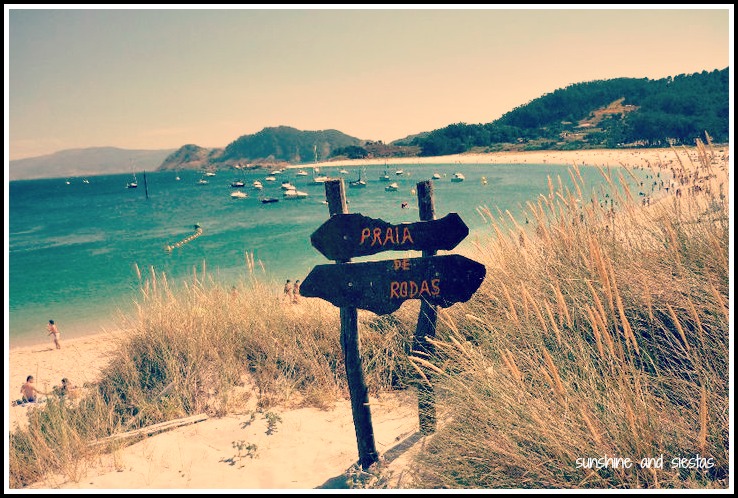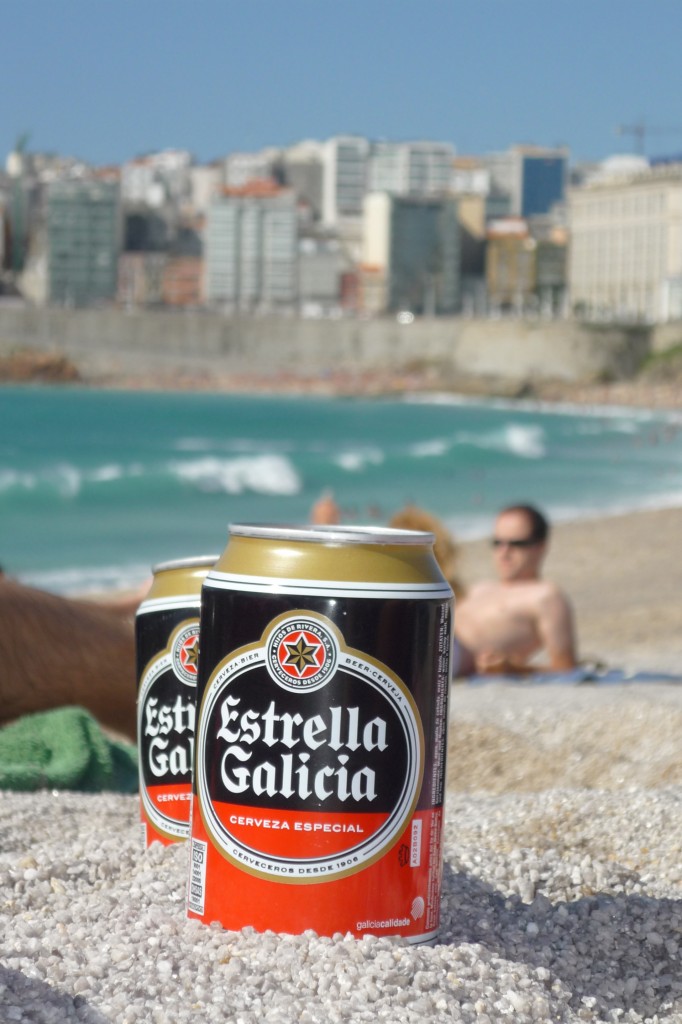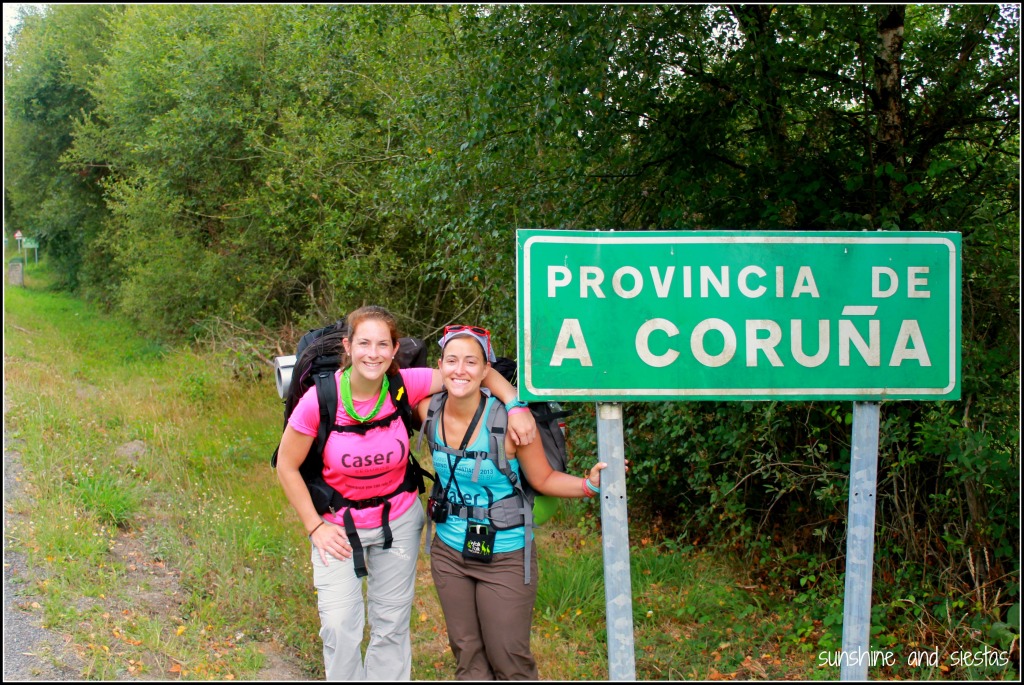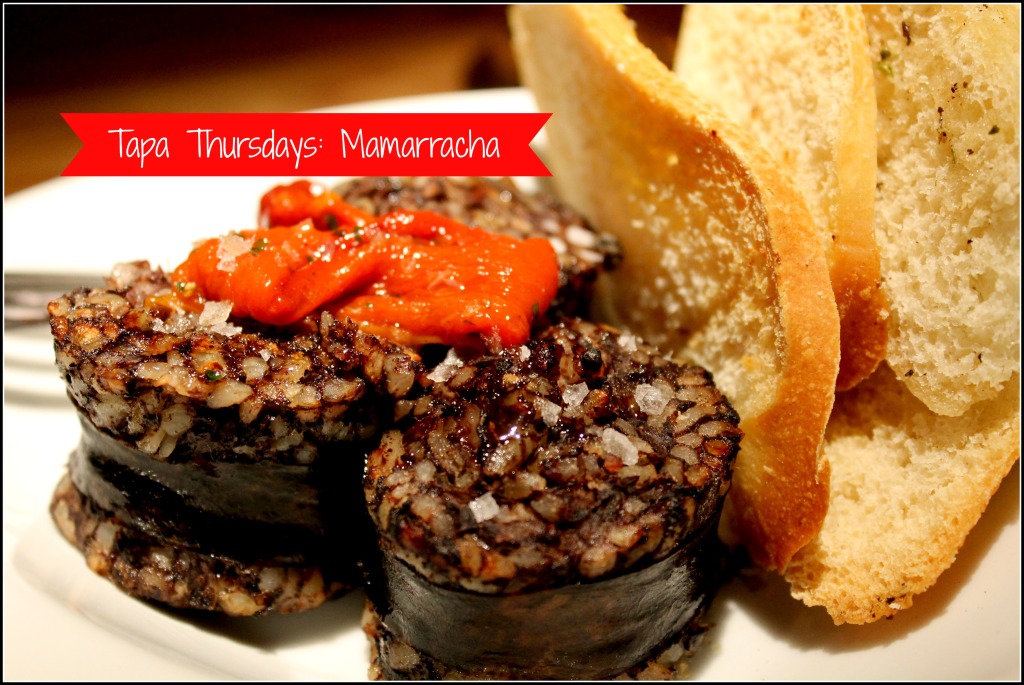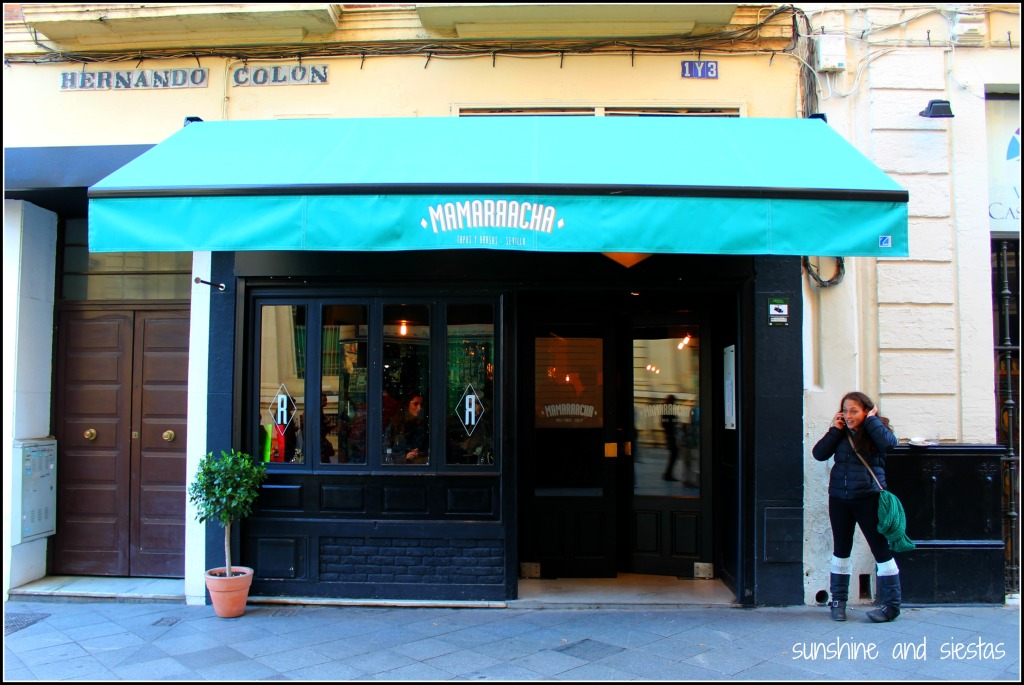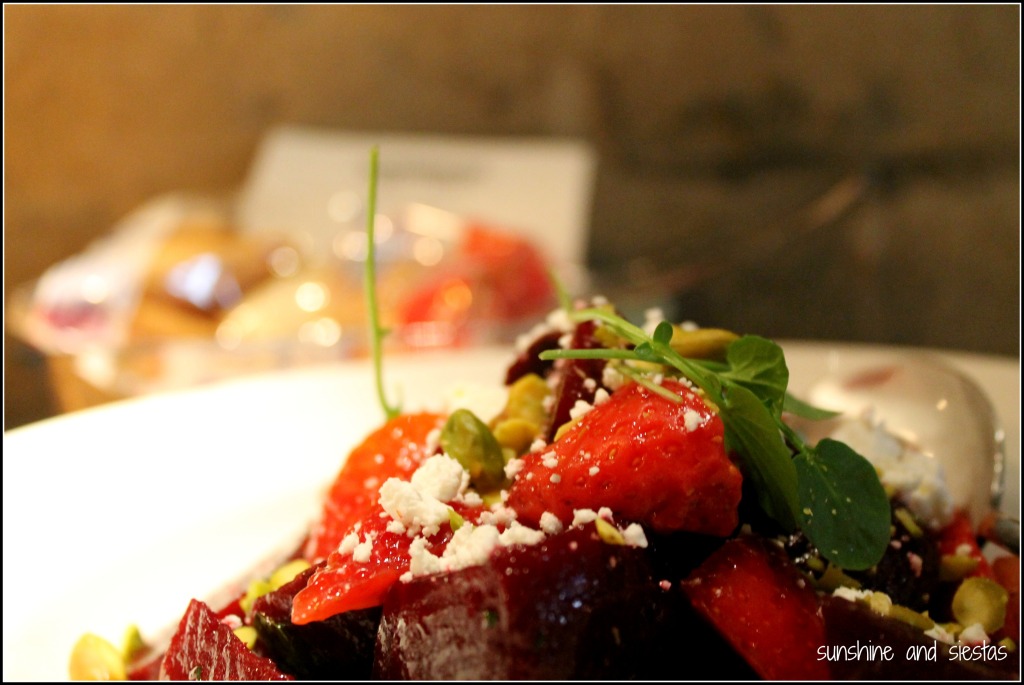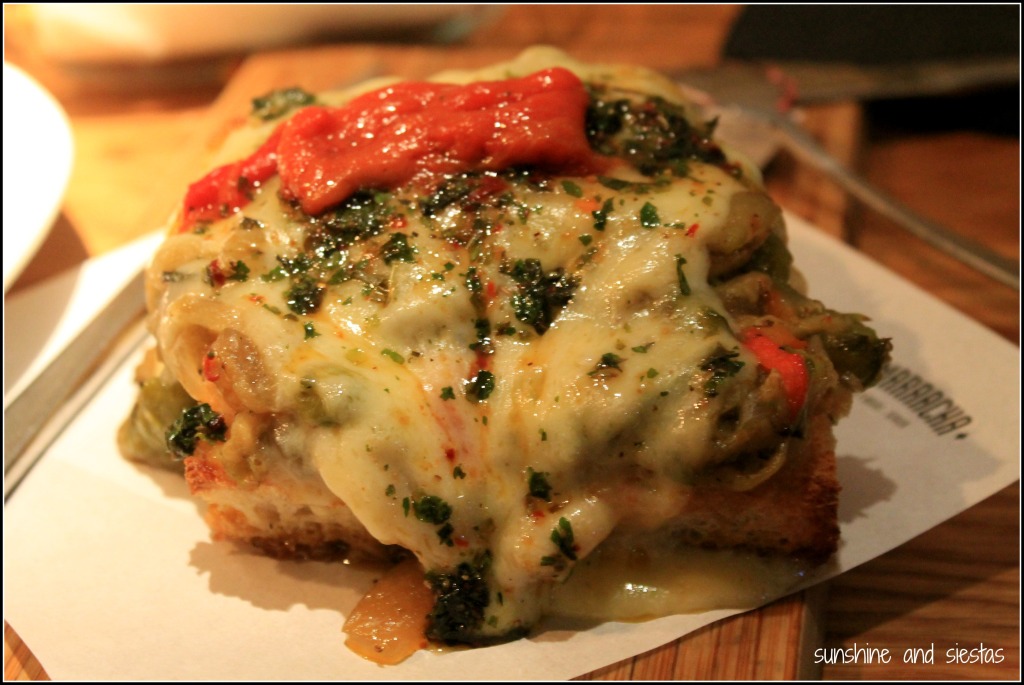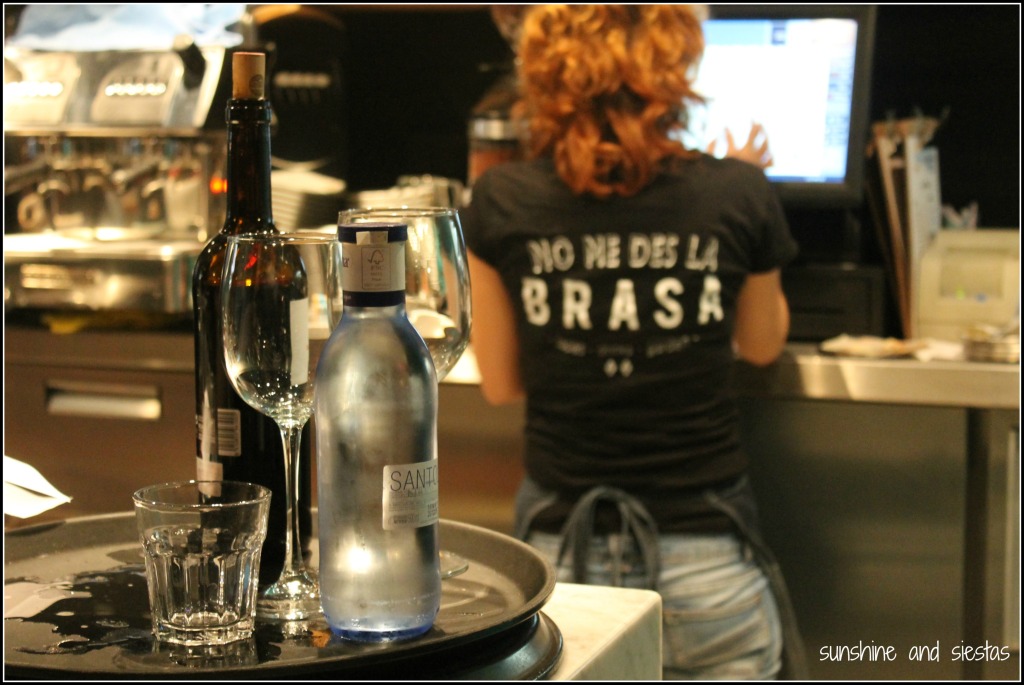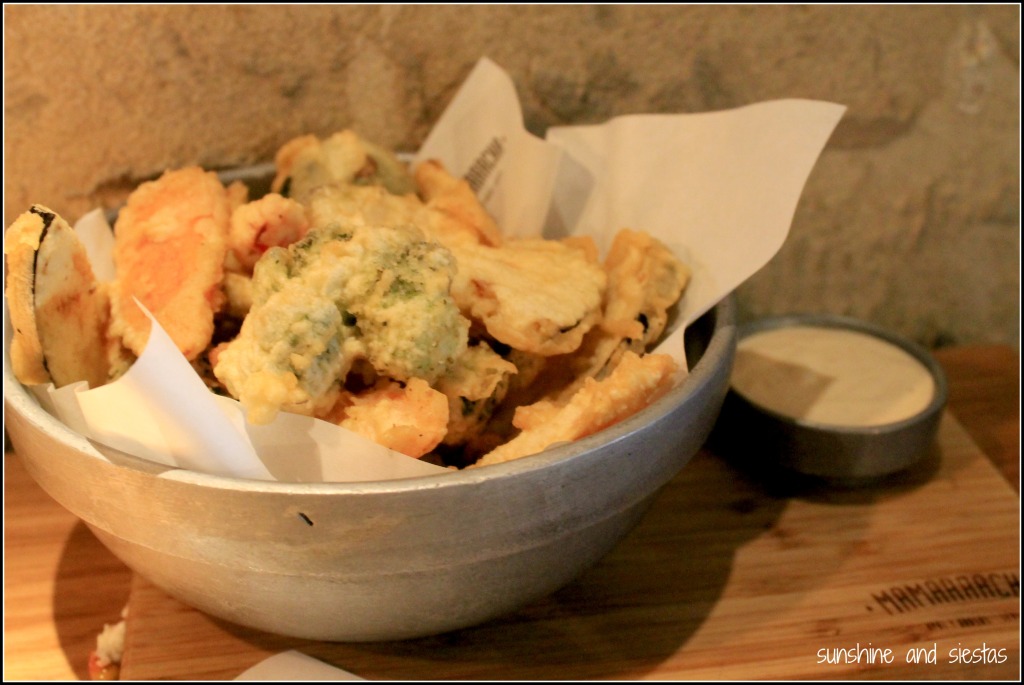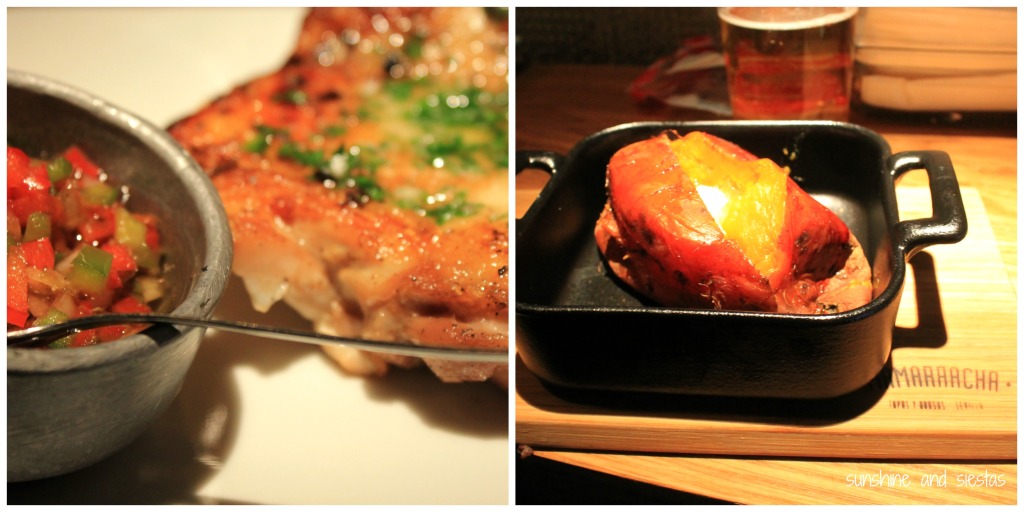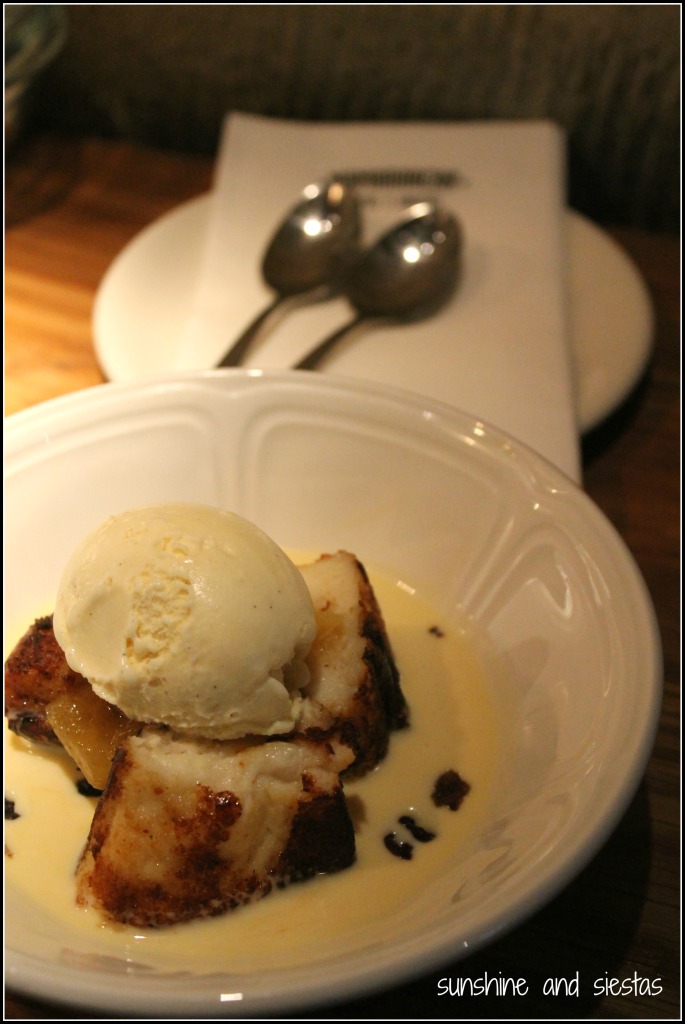The legacy of the 1992 World Expo has certainly left its mark on Seville – the high speed AVE train was inaugurated to bring visitors to the Andalusian capital and, along with it, loads of tourist dollars. For six months, millions of patrons streamed through Isla de la Cartuja, a sliver of land between the Guadalquivir and the canal and into over 100 country-represented pavilions and themes.
I could see the remnants of many of those buildings 25 years after the doors shut when I moved to Seville, and most had since fallen into disrepair or repurposed as government buildings. I’d often use the empty space to run, dodging weeds and broken glass on uneven pavement.
Once of the few permanent structures is the Pabellón de Marruecos, a gleaming gem of architecture and Moroccan handiwork that site between the Cartuja Monastery, Science and Discovery pavilions. Funded by the Moroccan king and gifted to Rey Juan Carlos I as a sign of cooperation, the structure is extravagent
I’d been past the Pabellón countless times, intrigued by a seemingly new building free of overgrown weeds and graffiti. Thanks to a tweet, the occupants of the building, Fundación Tres Culturas del Mediterráneo, invited me to a free guided tour.
I arrived by bike as Toñi was beginning the tour at the building’s exterior. Based on an eight-point star, and shaped as thus I was amazed at the inclusion of so many hallmarks of Arabic, Mudéjar and Islamaic architecture, from the arches that led into the atrium to the outdoor fountain that once pumped gallons of water through the space.
The striking glass wall is meant to represent Morocco’s entrance into the 21st Century.
All of the work on the pavilion was designed and overseen by Hassan II, and the extensive artwork inside mirrors traditional procedures – including the eggshell plaster in the basement! While the nearby Alcázar palace is a lesson in grandeur, the Morocco Pavilion feels refreshingly modern while tipping its hat to an extensive cultural heritage (plus, patrons are encouraged to touch everything!). From wood to plaster to tile, I wandered from room to room flabbergasted at the symbolism and beauty of every room.
This is one of those places you’ve got to see to believe, so I’ll show you:
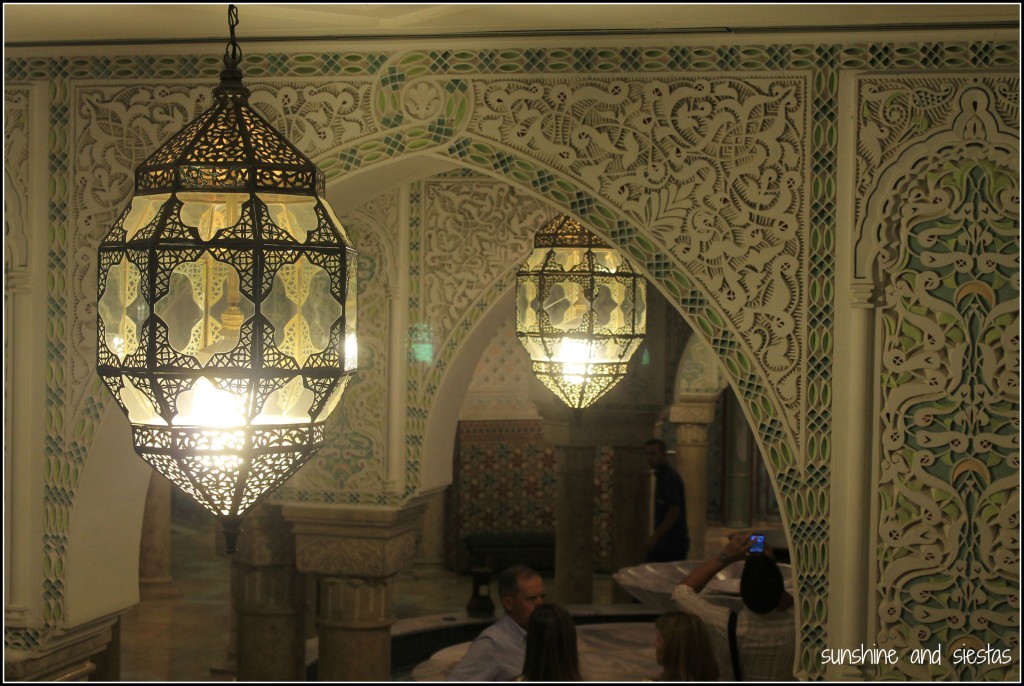
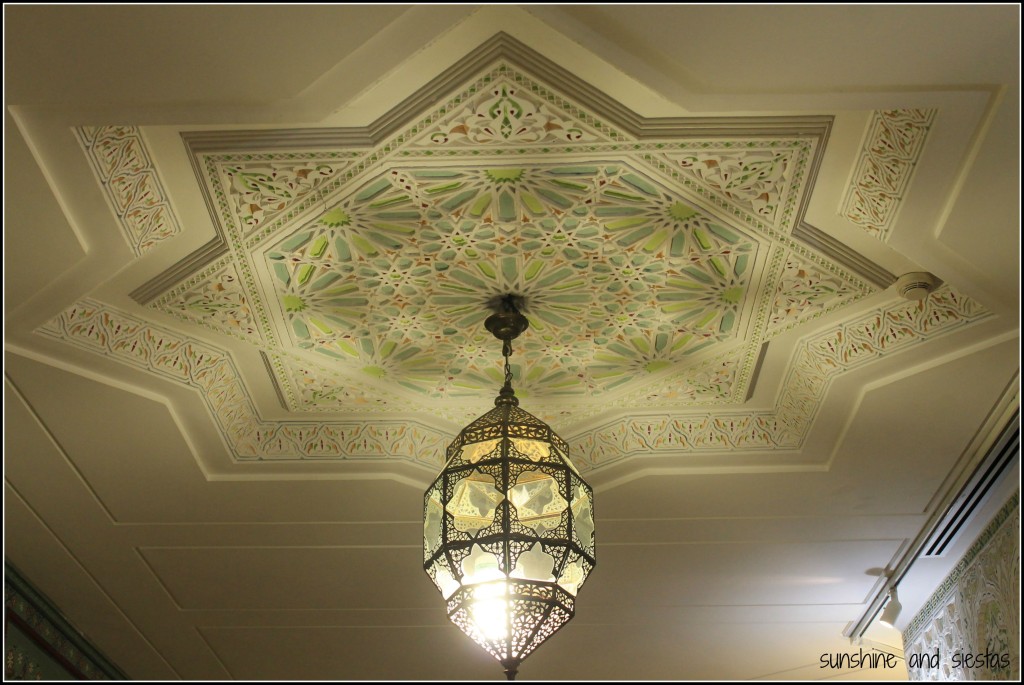
The visit begins in the lower level, “an oasis” as Tonñi explains, going as far as pointing out that there are palm trees carved into the support pillars, just like in a desert oasis. With soft colors and devoid of mentions of idols or gods, the central fountain is surrounded by wood and plaster reliefs.
The sumptuous main hall gets all of the glory – this is where conferences, concerts and even fashion shows are held – but the underground room is calming and striking.
I asked my boss that afternoon if she’d gone to the Expo when she was younger. “Why yes!” she said, eyes lit as she slammed an open palm on my desk. “I was a tour guide – microphone and all! – and got to go to all of the pavillions!” When I mentioned I’d been in Morocco’s earlier than day, she through her head back and waxed poetic about the fluffy couscous that was served on the third floor’s exclusive restaurant.
To me, the Fundación Tres Culturas bridged more than the past and the future – it bridges cultures and understanding. The Alcázar, the Mezquita and the Alhambra appear dormant compared with a breathing organism dedicated to preserving Spain’s three historic cultures.
The Fundación de las Tres Culturas del Mediterráneo is open daily to members, with free guided tours being given on Tuesday mornings at 11am through their online booking system. Concerts, Arabic and Hebrew classes and conferences are among their other cultural offerings, and they boast an extensive library with free membership.
This coming Wednesday and Thursday, the Fundación Tres Culturas will be hosting a benefit event for Syrian refugees. Listen to Syrian music and watch whirling dervishes in the main hall of the Fundación. Tickets are 10€ and 100% of the proceeds go to the Centro Española de Atención al Refugiado in their effort to aid refugees. For more information and tickets, check their page. They’ll also be participating in Friday’s Noche en Blanco Sevilla, providing free evening tours until the wee hours.
